ISSA Oman \ A Sculpture Park in the Northeast Corner of Arabian Peninsula
The 3rd Musandam International Sculpture Symposium, and ISSA Oman 2025 was held in January in Musandam,
an overseas territory of Oman, in the north-eastern corner of the Arabian Peninsula.
The province of Musandam has adopted sculpture as a distinctive feature of the region, and through it,
has documented the memories of this place, contributing to the enrichment of its cultural landscape and
becoming one of the most important destinations for culture and art. Musandam, in collaboration with
the Sohar Art team, with its vast experience in sculpture and building on local and international successes,
oversaw the third Musandam International Sculpture Symposium, building on the ground-breaking experience
that culminated in the successful organization of the first two editions in 2023 and 2024. Under the guidance
of the Musandam Governor's Office, the camp was held at Wilayat, Madha, with the participation of four sculptors.

The Sohar Art team took a new approach this year by creating a huge mural in collaboration with Egyptian
sculptor Dr. Saeed Badr, who focused on nature, heritage and the memory of the place while designing the piece.
The artist utilizes the memory of this place, Madha Wilayat, to reveal beauty, information about time, ancient
heritage and the natural environment. This method of sculpting these scenes is not limited to giving aesthetic value
to the place; it also creates a new experience that prompts the viewer to reconsider the scene from multiple
perspectives, making the artwork an integral part of its surroundings, merging with them in an interactive relationship
that has evolved over time. Considering an approach that has never been demonstrated before in an integrated
global event, Musandam Sculpture Camp is at the forefront of this field, making its mark in the art world and
redrawing the landscape with art through the implementation of this massive mural work that welcomes visitors
to the Wilayat at the entrance of the Wilayat at Madha. measuring 20 meters long, 6 meters wide, and 5 meters tall,
it gives it a new dimension that combines creativity and sustainability, making Musandam a model for combining
art with the natural environment. Designed by Dr. Saeed Badr from the Arab Republic of Egypt, the sculpture was
created by a group of young Omani sculptors at Sohar Art, using 150 tons of Omani marble, making it one of the
largest marble sculptures in the region.
Omani sculptor Ayman Al-Awfi also participated in the Forum, creating a multi-contextual sculpture measuring 280 x 50 x 60 centimeters. The concept relates to the cohesion of Omani society, nourished by age-old customs and traditions, through which, according to Al-Awfi, the maintenance of such interpersonal relationships is due to the Omani people's attachment to their agricultural environment, which sets the region apart. The idea for this piece originated from a large Rwala tree in Wilayat, Madha, which is a prime example of the connection with this place. This fascinating scene draws attention to its connection to the earth through its root system. This sculpture records this event and consists of two opposing vertical poles that are interconnected by roots and a solid base. Two other Italian artists have also completed works.
Sculpture has always been the primary means by which mankind has preserved its history and expressed its ideas. Its function is not limited to aesthetic creation, but goes beyond being a witness to civilization and its way of life, a mirror that conveys the details of a bygone era. Through sculpture, man has been able to document its journey, bringing us testimonies of the past carved in stone, wood or metal. These artifacts tell the story of people and their way of life, preserving the history of a place, whether sculpted or carved, so it will remain immortal through the ages.




Materials Providers: ISSA Oman Member Ali ALJavri
Chief Editor: Liu Qin
English Version Editor: Sun Ya’nan
Legal Advisor: Tao Ranting

 First floating sculpture park
First floating sculpture park
 I Ko Ko Stone Sculpture Symposium
I Ko Ko Stone Sculpture Symposium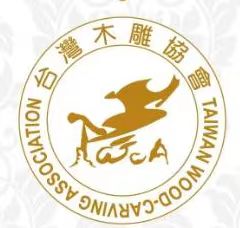
 Taiwan Wood Sculpture Creation Camp
Taiwan Wood Sculpture Creation Camp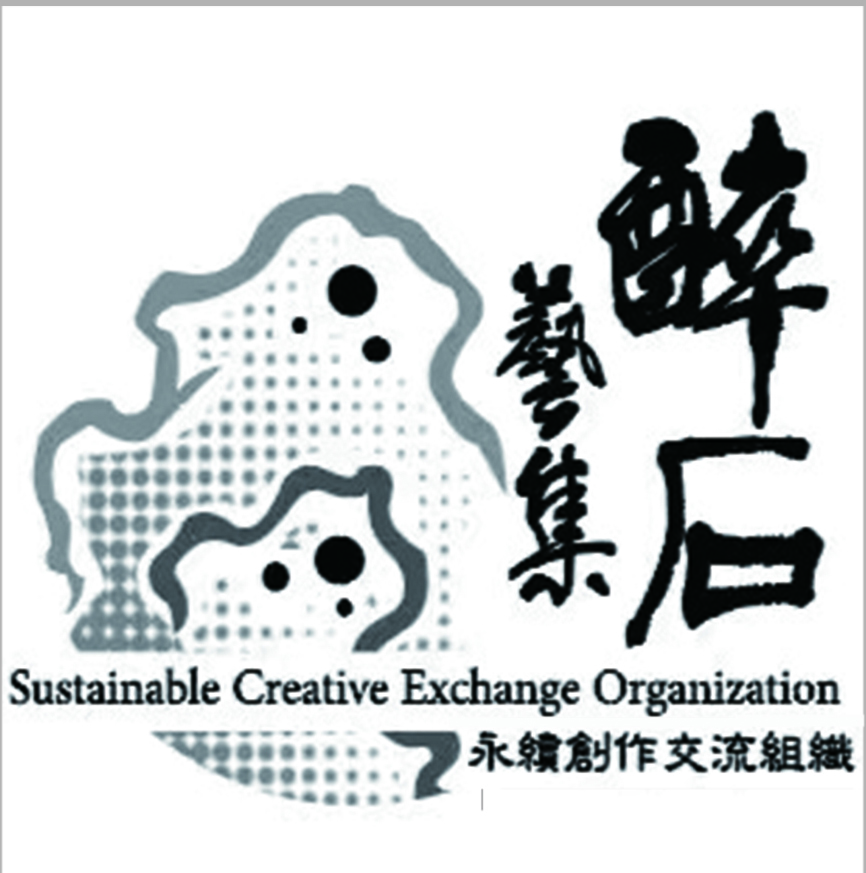
 Unplugged Stone Sculpture Symposium
Unplugged Stone Sculpture Symposium
 Hebei Academy of Fine Arts International Campus Public An Symposium
Hebei Academy of Fine Arts International Campus Public An Symposium
 "Discovery Journey" Stone Carving Symposium
"Discovery Journey" Stone Carving Symposium
 world wood day
world wood day
 Al-Khadra International Sculpture Symposium
Al-Khadra International Sculpture Symposium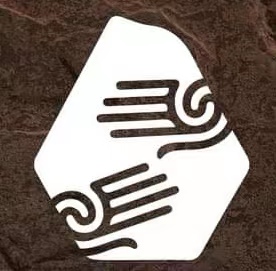
 Jalisco Brotherhood International Symposium
Jalisco Brotherhood International Symposium
 Apastepeque Sculpture Symposium
Apastepeque Sculpture Symposium 
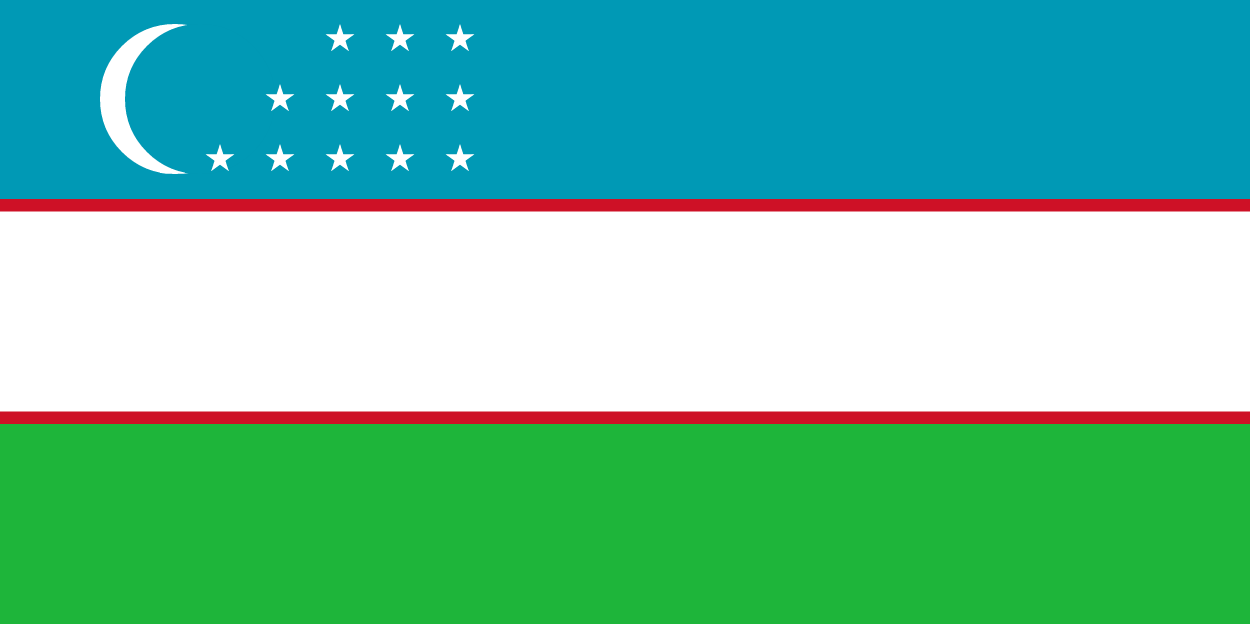 The Tashkent International Sculpture Symposium
The Tashkent International Sculpture Symposium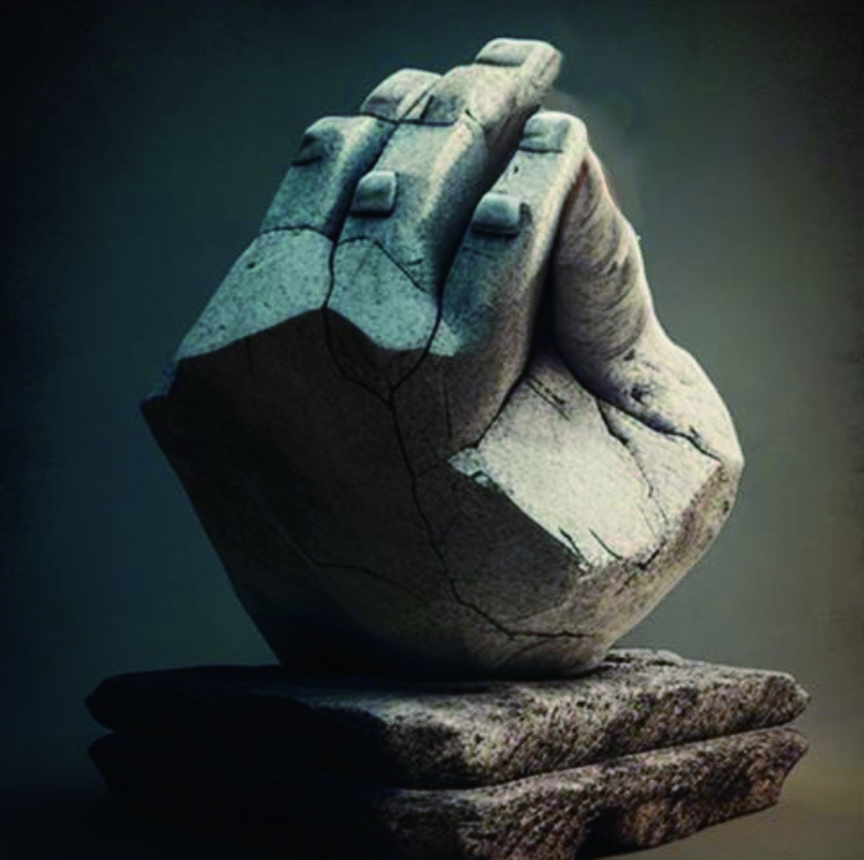
 I Guancasco Internacional de Escultores
I Guancasco Internacional de Escultores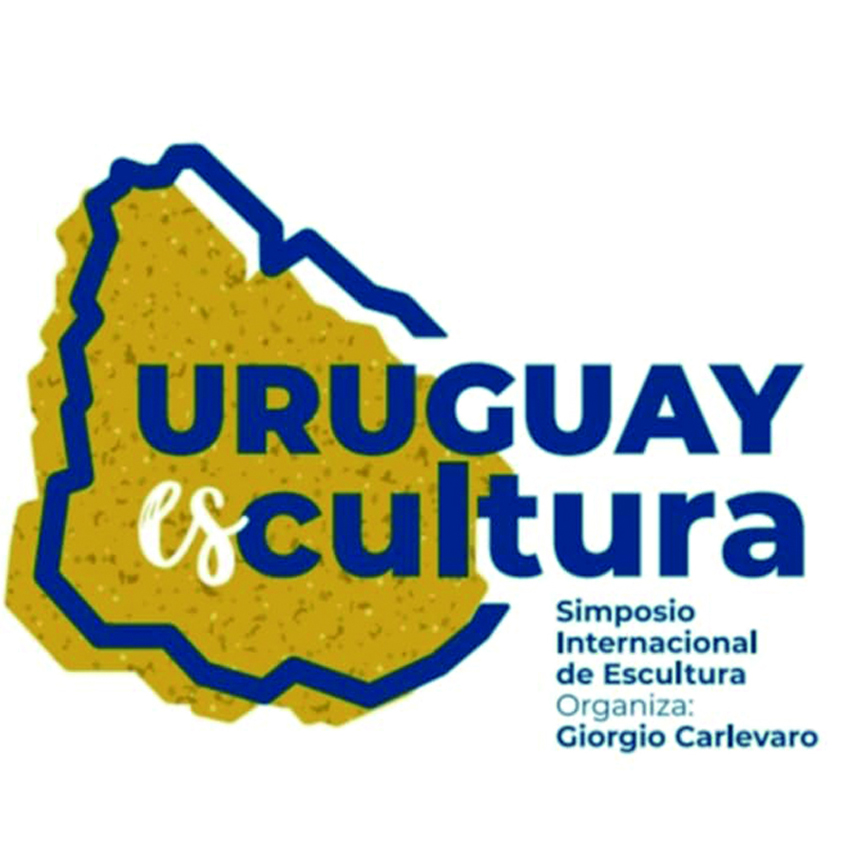
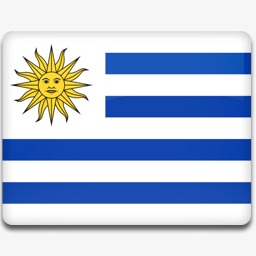 Punta del este International Sculpture Symposium
Punta del este International Sculpture Symposium
 Mind Tree School sculptue symposiums
Mind Tree School sculptue symposiums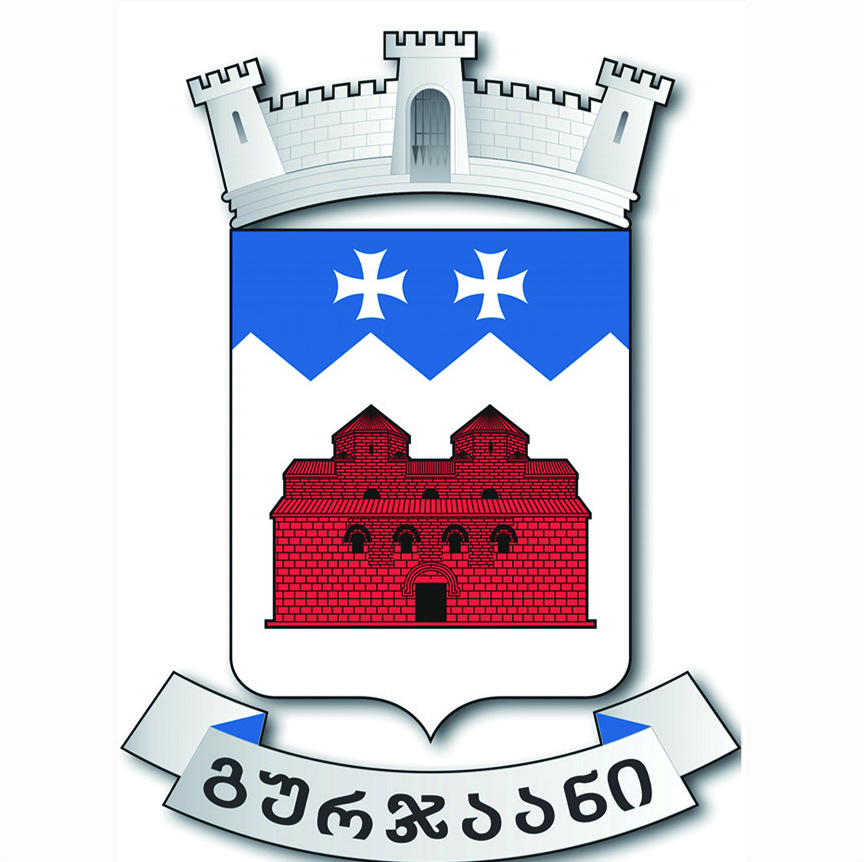
 Gurjaani International Sculpture Symposium
Gurjaani International Sculpture Symposium
 China (Hui'an) Sculpture Art Festival
China (Hui'an) Sculpture Art Festival
 Lingezegen sCULpTUUR International Sculpture Symposium
Lingezegen sCULpTUUR International Sculpture Symposium
 Zipaquirá International sculpture Symposium
Zipaquirá International sculpture Symposium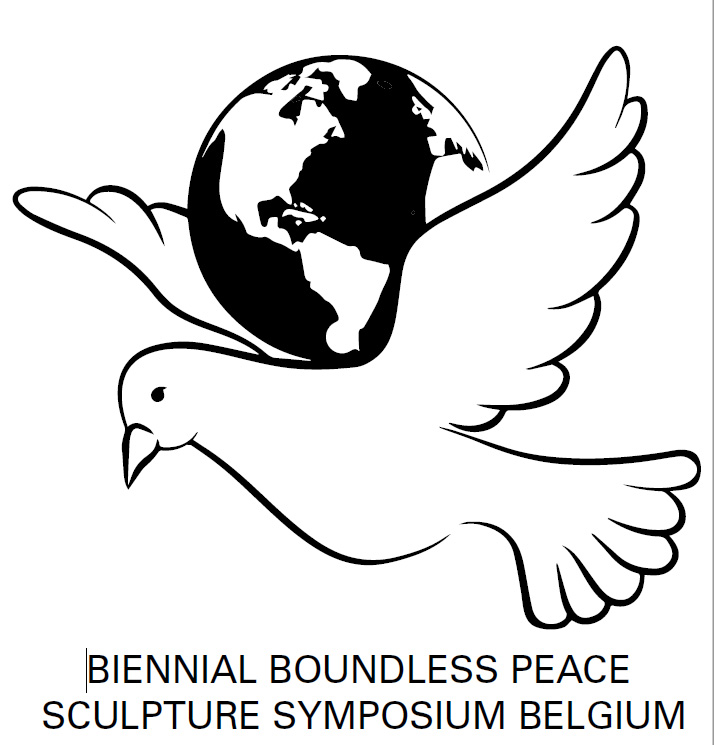
 Biennale boundless PEACE international sculpture symposium
Biennale boundless PEACE international sculpture symposium 
 Bhubaneswar. Odisha International Sculpture Symposium
Bhubaneswar. Odisha International Sculpture Symposium 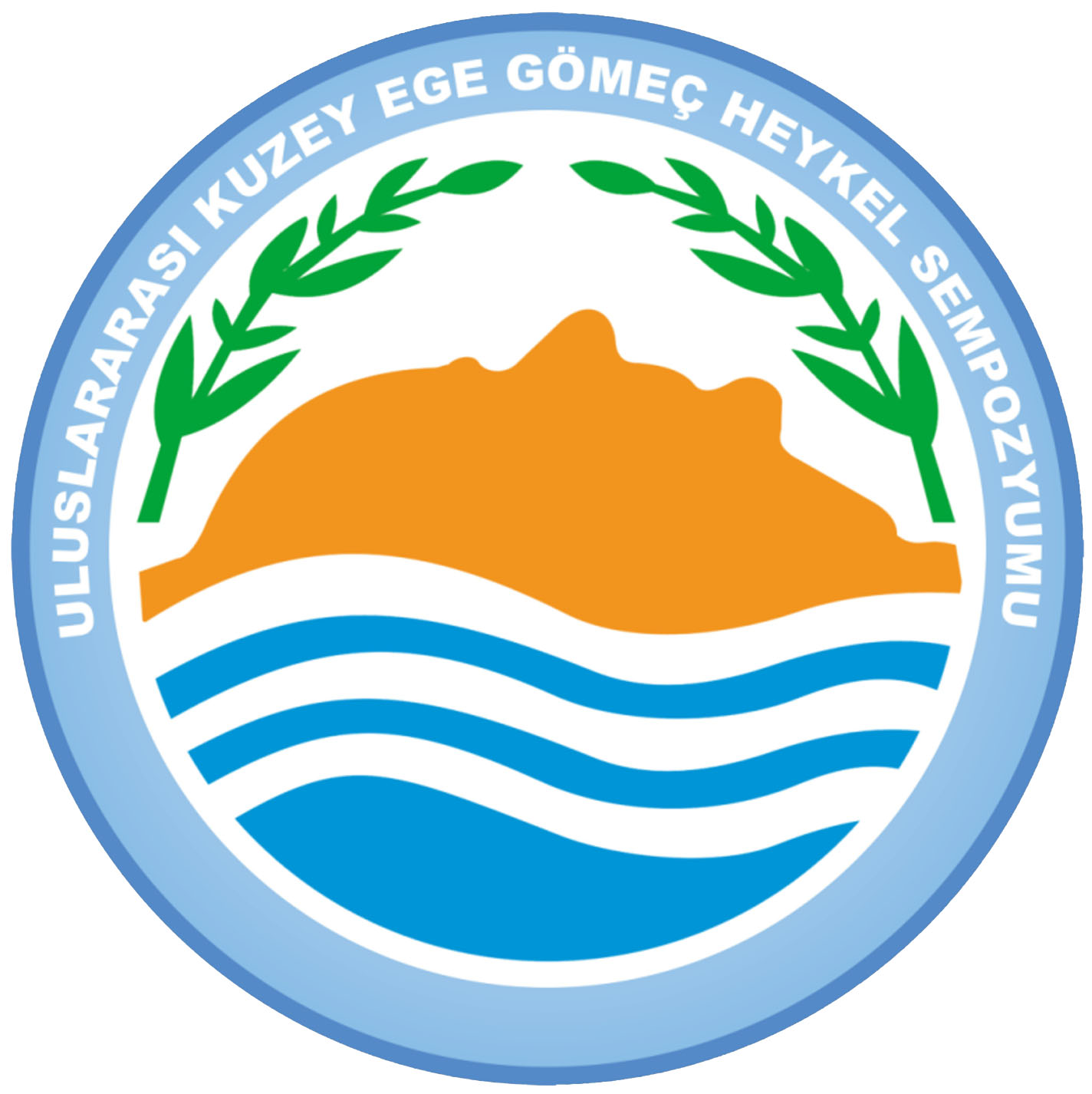
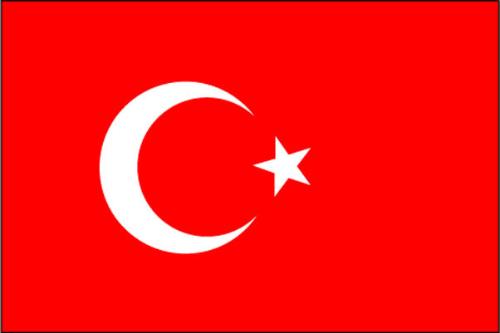 INTERNATIONAL NORTHERN AEGEAN GÖMEÇ SCULPTURE SYMPOSIU
INTERNATIONAL NORTHERN AEGEAN GÖMEÇ SCULPTURE SYMPOSIU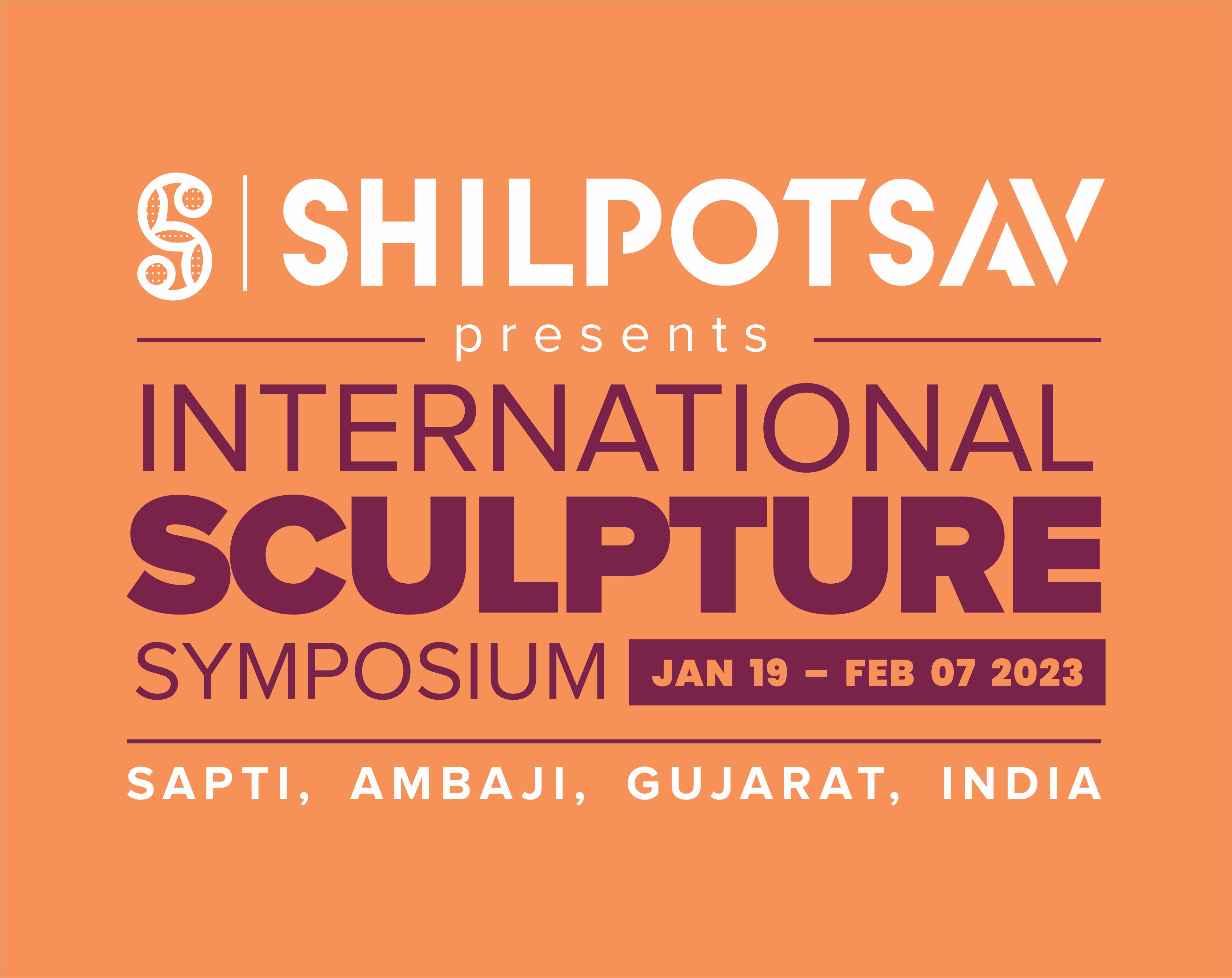
 SHILPOTSAV SCULPTURE SYMPOSIUM
SHILPOTSAV SCULPTURE SYMPOSIUM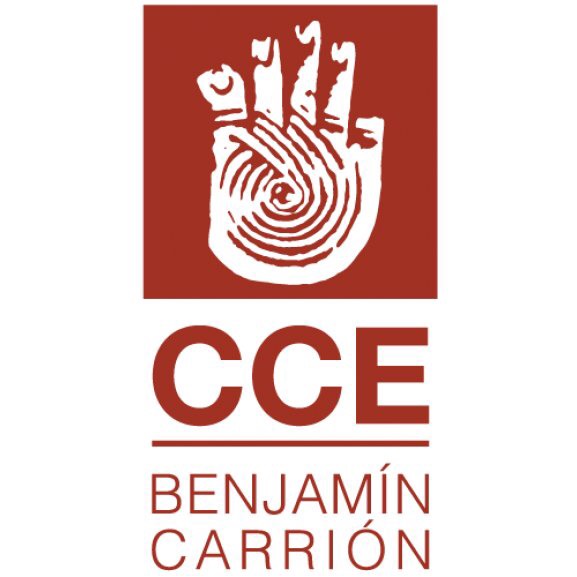
 Machachi sculpture symposium
Machachi sculpture symposium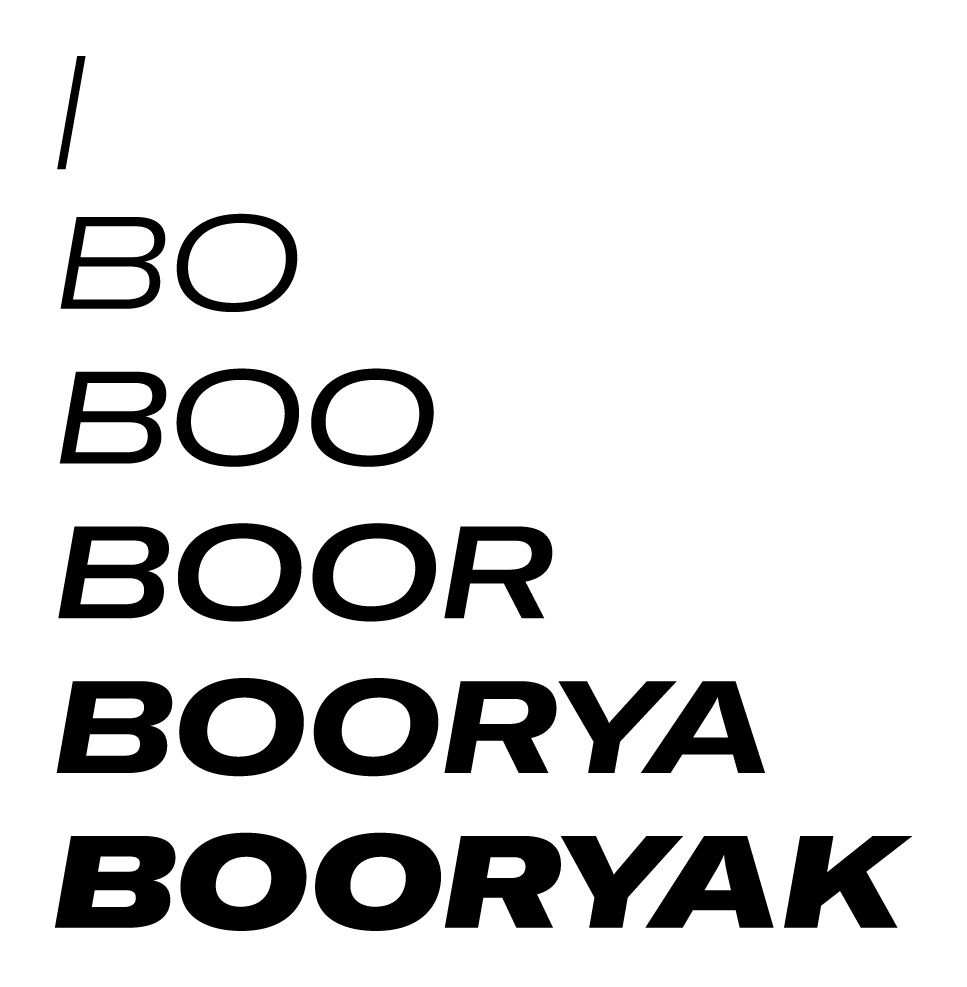
 International Sculpture Symposium Bila Tserkva
International Sculpture Symposium Bila Tserkva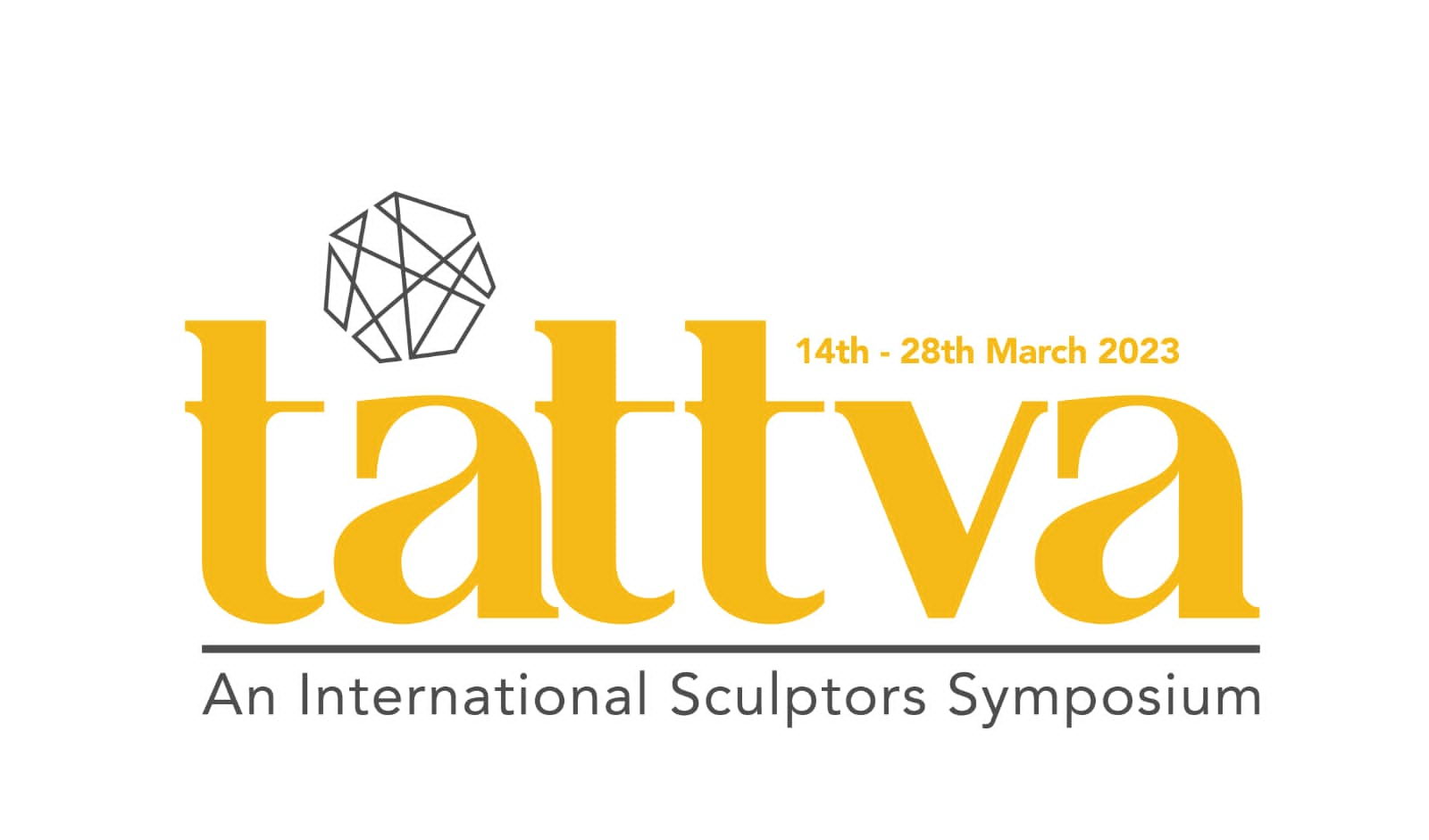
 TATTVA : An International Sculptors Symposium
TATTVA : An International Sculptors Symposium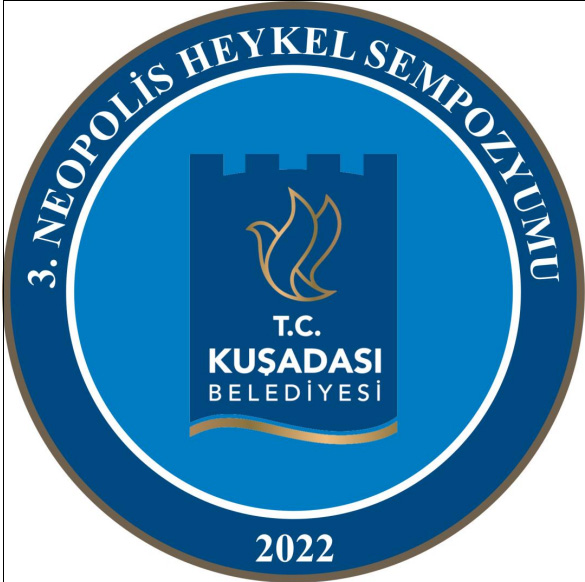
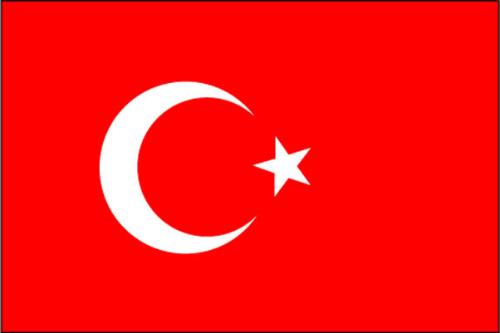 KUŞADASI INTERNATIONAL SCULPTURE SYMPOSIUM
KUŞADASI INTERNATIONAL SCULPTURE SYMPOSIUM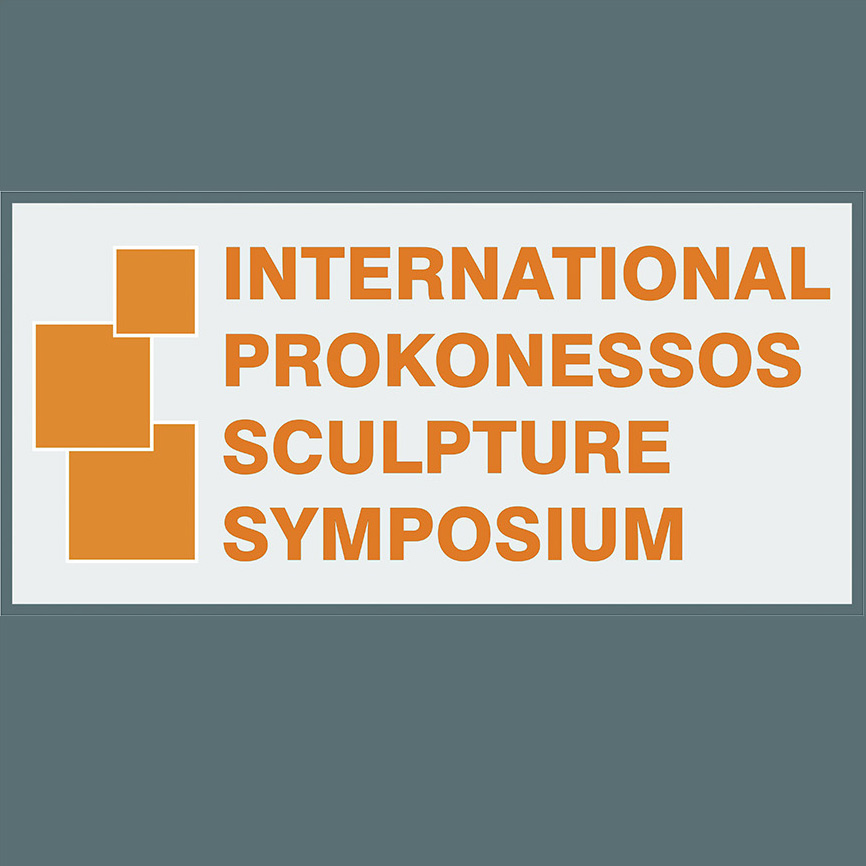
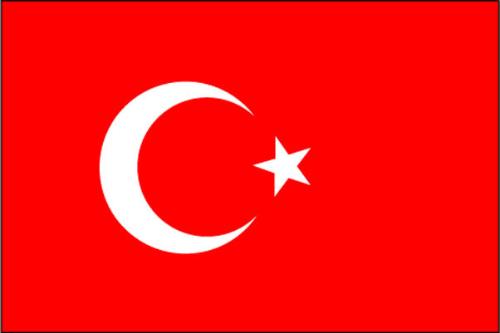 INTERNATIONAL PROKONESSOS SCULPTURE SYMPOSIUM SPECIFICATION
INTERNATIONAL PROKONESSOS SCULPTURE SYMPOSIUM SPECIFICATION
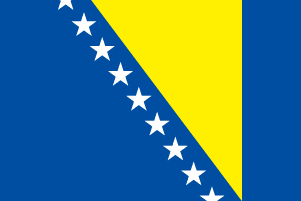 the symposium International Sculptor Colony of BiH
the symposium International Sculptor Colony of BiH
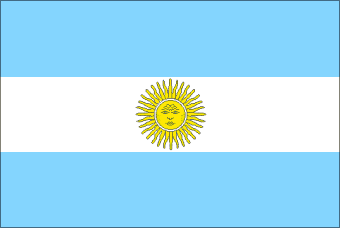 SANTIAGO A CIELO ABIERTO
SANTIAGO A CIELO ABIERTO
 stihl sculptors challenge
stihl sculptors challenge
 “The way of harmony” International public art Symposium
“The way of harmony” International public art Symposium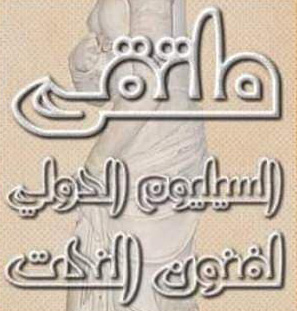
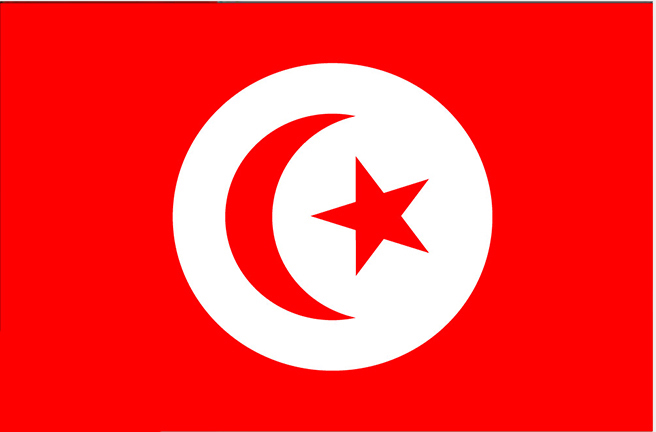 CILLIUM Symposium-Kasserine
CILLIUM Symposium-Kasserine
 BKBF International sculpture symposium
BKBF International sculpture symposium
 the Carving Stone in Barichara Santander
the Carving Stone in Barichara Santander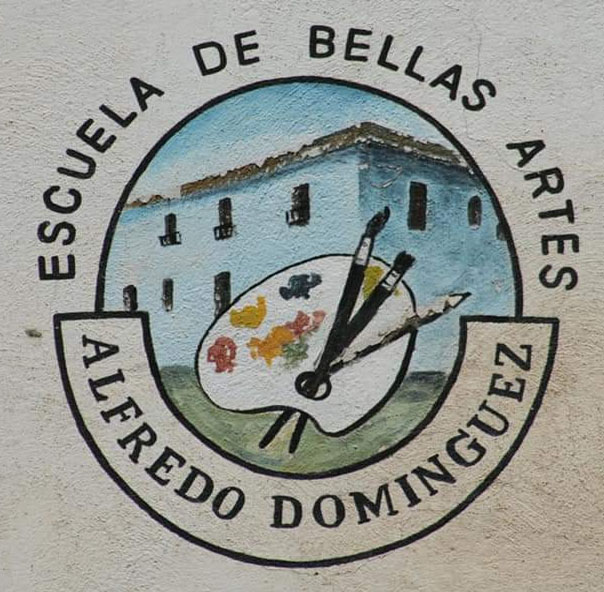
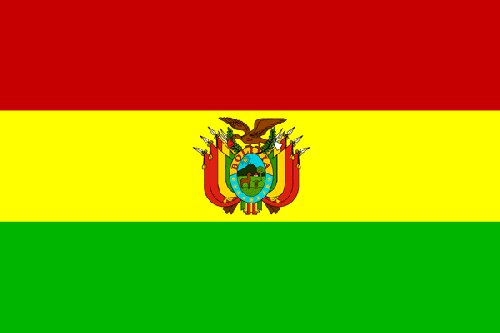 Simposio Internacional de Escultura Tupiza
Simposio Internacional de Escultura Tupiza
 International Sculpture-Art and Tradition Symposium
International Sculpture-Art and Tradition Symposium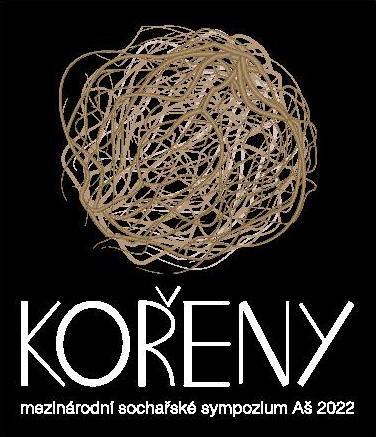
 The Roots – International Sculpture Symposium Aš
The Roots – International Sculpture Symposium Aš 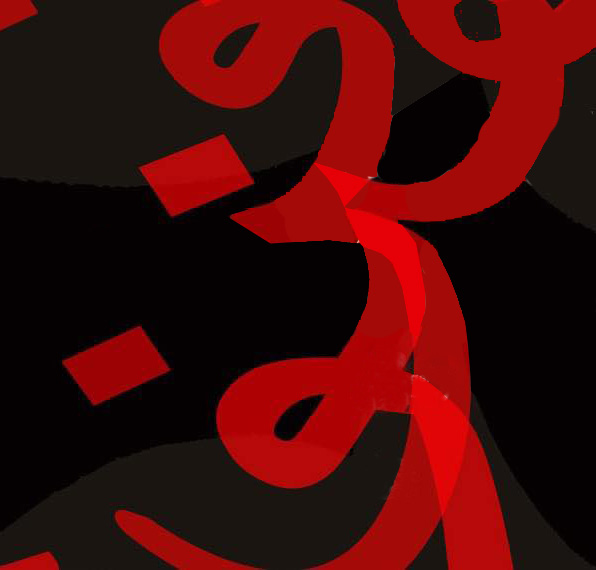
 Al Asmakh International Sculpture Symposium
Al Asmakh International Sculpture Symposium
 Symposium International De Sculpture
Symposium International De Sculpture
 Os Sculpture Symposium
Os Sculpture Symposium
 Sculptors Camp
Sculptors Camp
 Montenegro International Sculpture Symposium
Montenegro International Sculpture Symposium
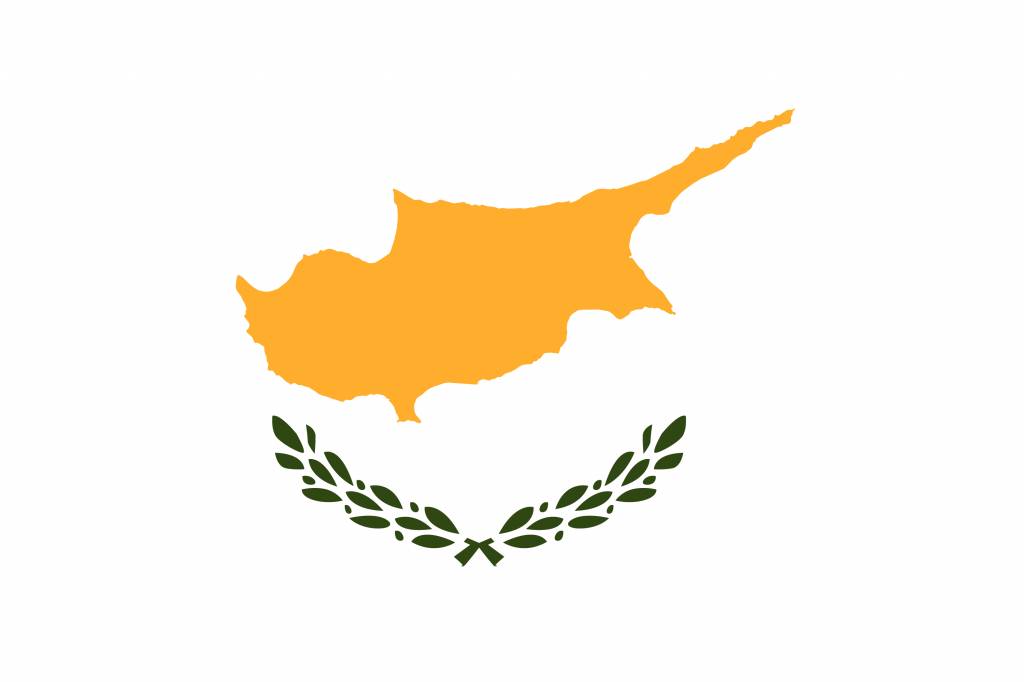 International Cyprus Symposium
International Cyprus Symposium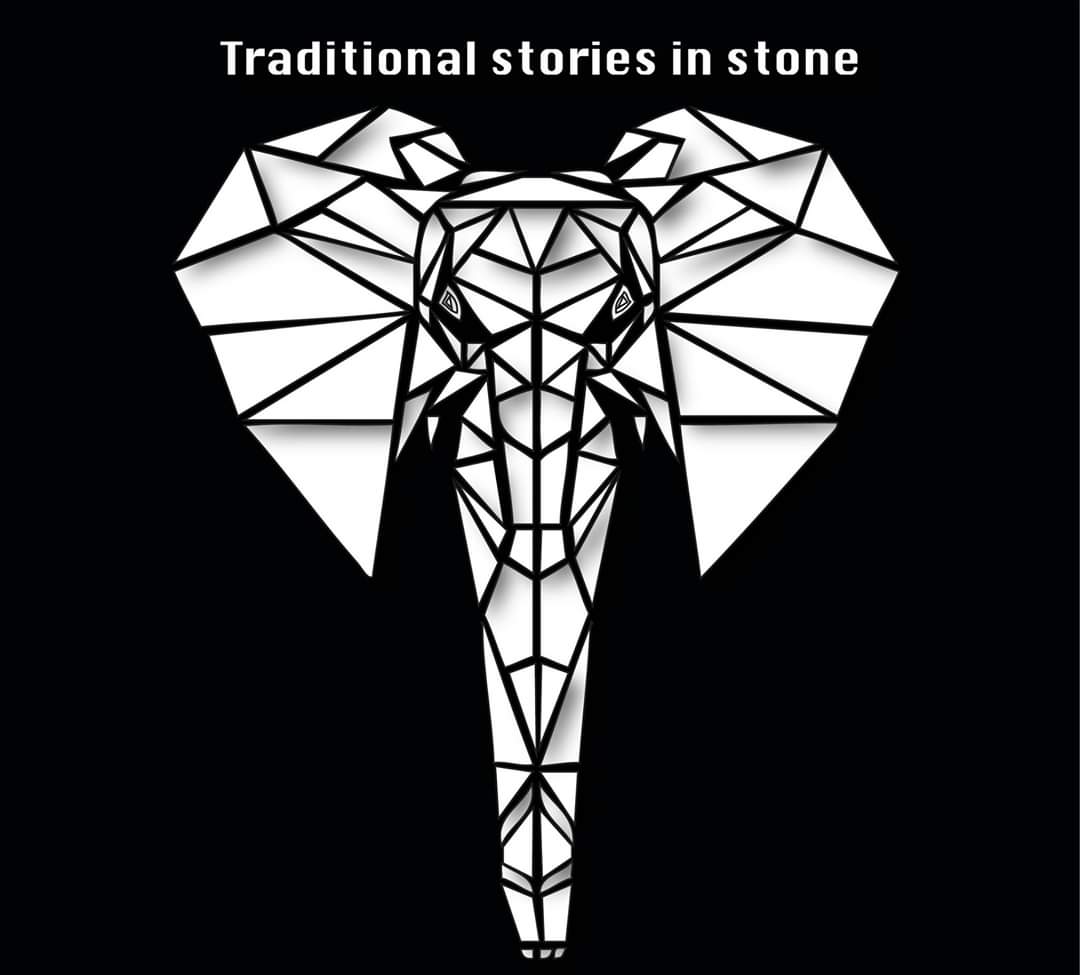
 African Stones Talk Symposium
African Stones Talk Symposium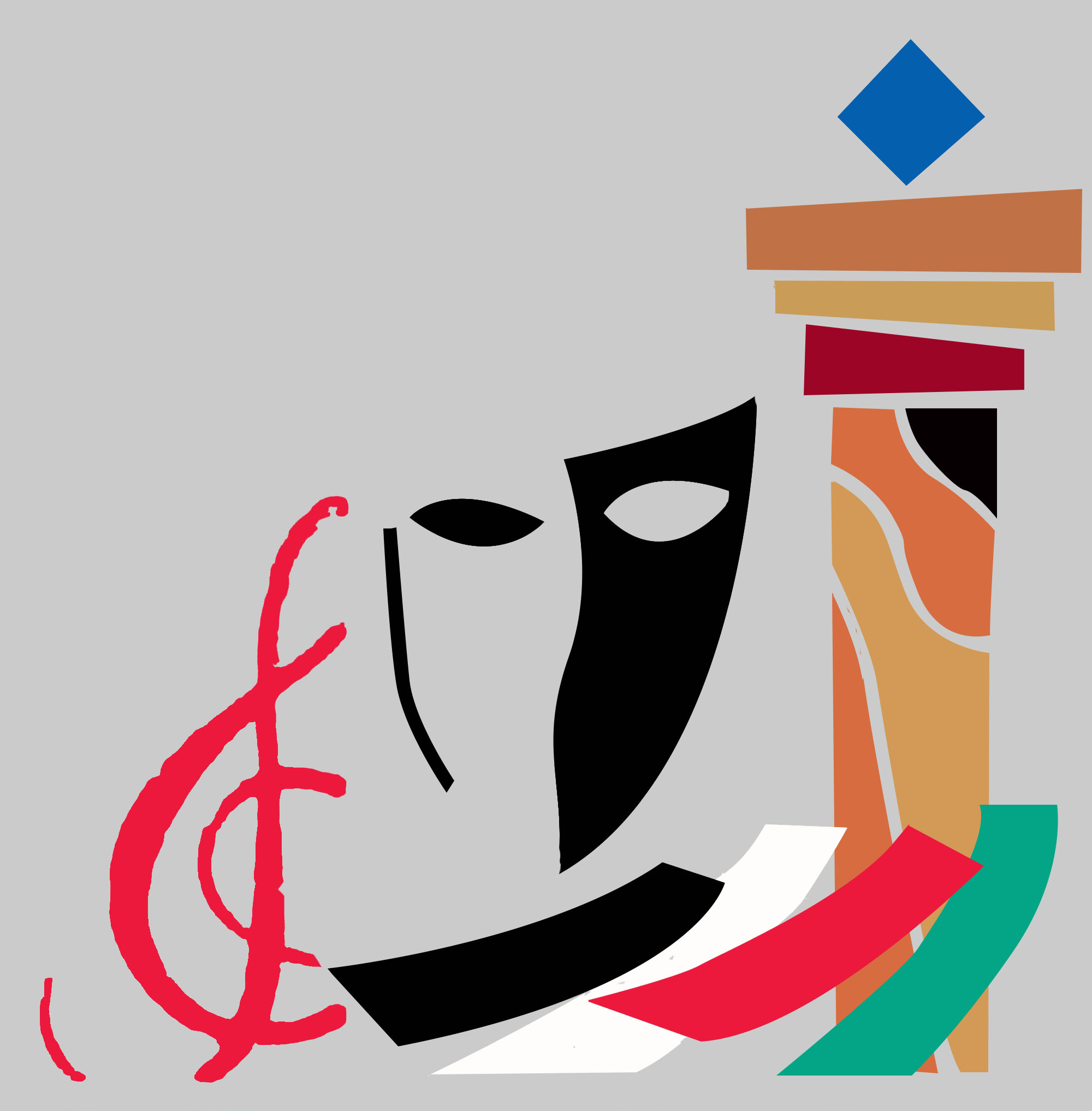
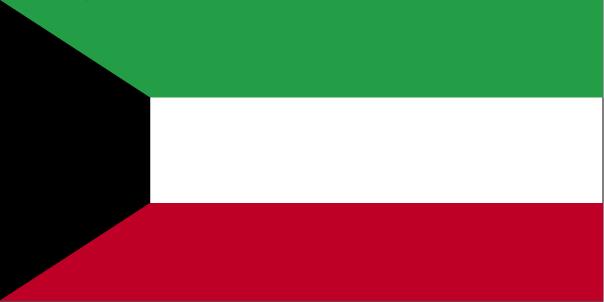 Kuwait International Symposium
Kuwait International Symposium
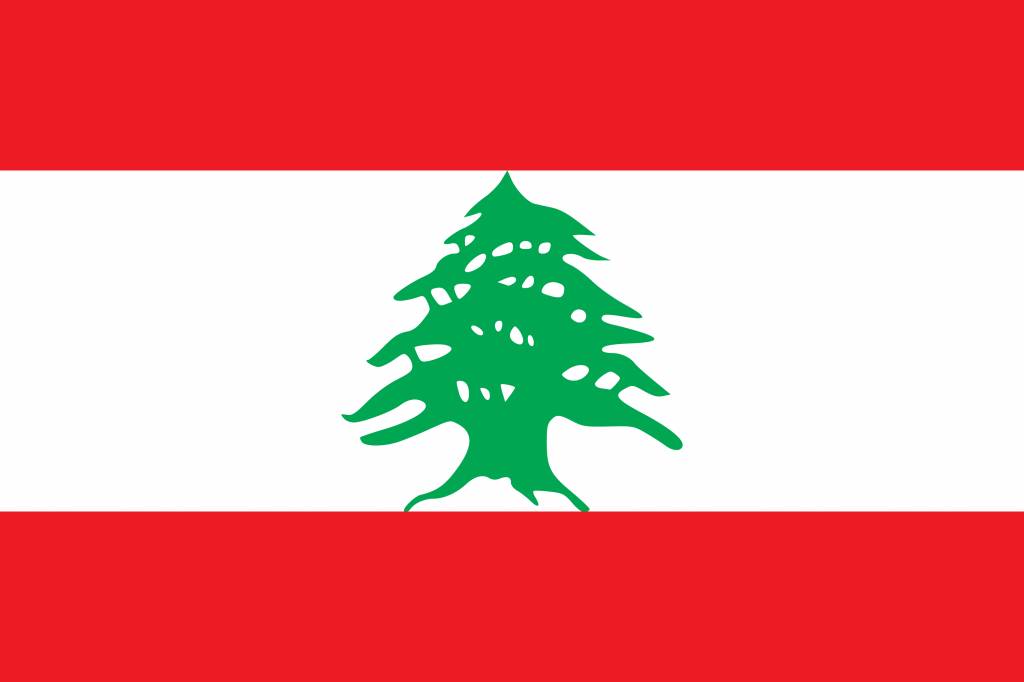 International Symposium of Monumental Stone Sculpture of Jezzine City
International Symposium of Monumental Stone Sculpture of Jezzine City
 Artifex
Artifex
 Urumqi International Sculpture Symposium
Urumqi International Sculpture Symposium
 International Sculpture Symposium Pájara
International Sculpture Symposium Pájara
 Rio Maior International Sculpture Symposium
Rio Maior International Sculpture Symposium
 Santa Maria International Sculptors Symposium
Santa Maria International Sculptors Symposium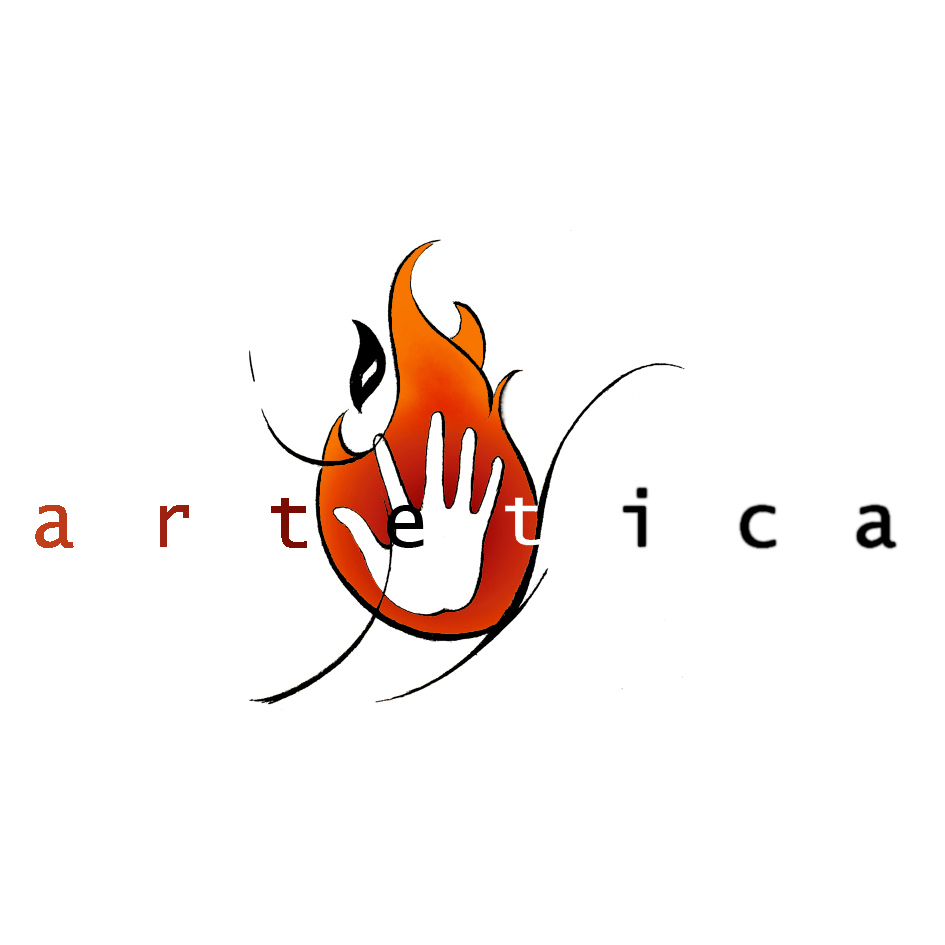
 "Quotidiana Bellezza” International Art In Nature Symposium
"Quotidiana Bellezza” International Art In Nature Symposium
 VSTB Waregem Sculpture Symposium
VSTB Waregem Sculpture Symposium
 Tuwaiq International Sculpture Symposium
Tuwaiq International Sculpture Symposium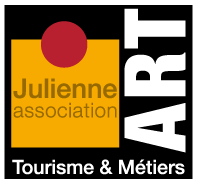
 Julienne
Julienne
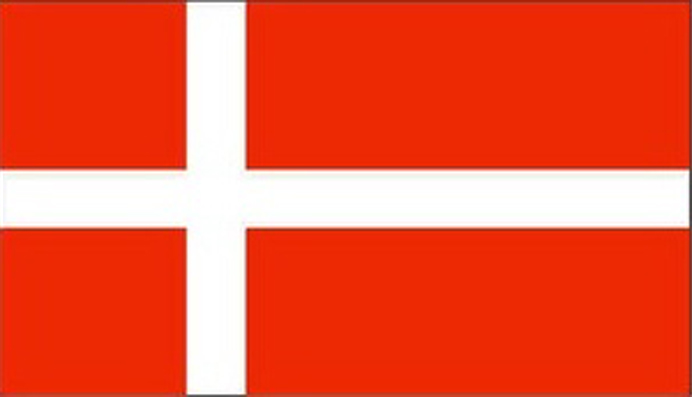 Ringkoebing
Ringkoebing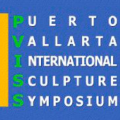
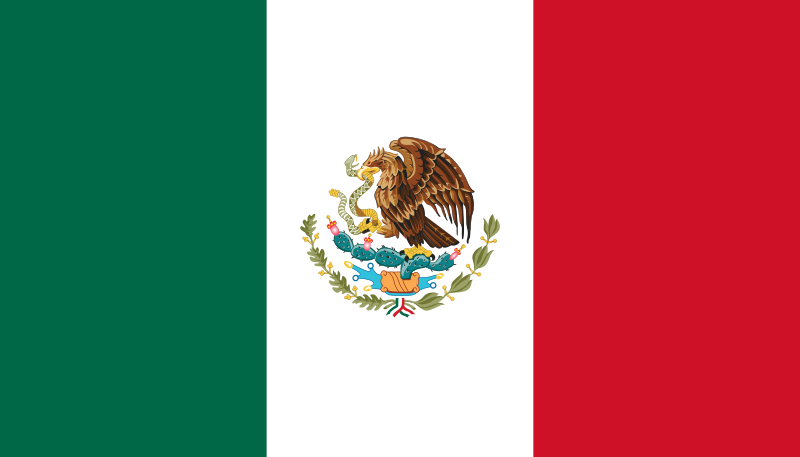 PVISS
PVISS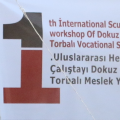
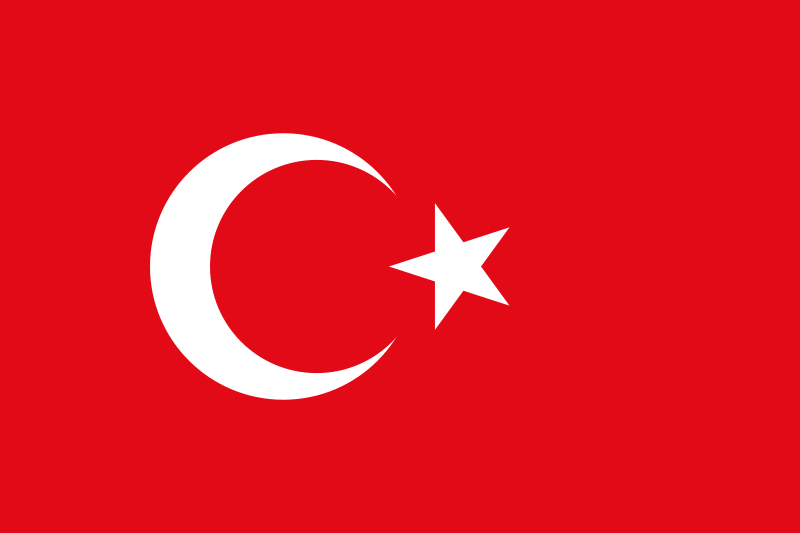 Torbali Vocational school
Torbali Vocational school
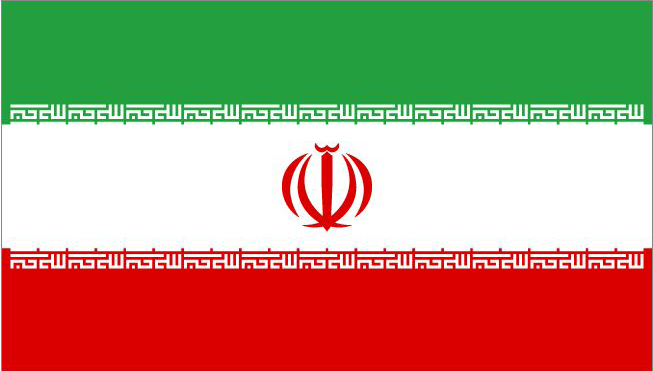 Kish Island
Kish Island
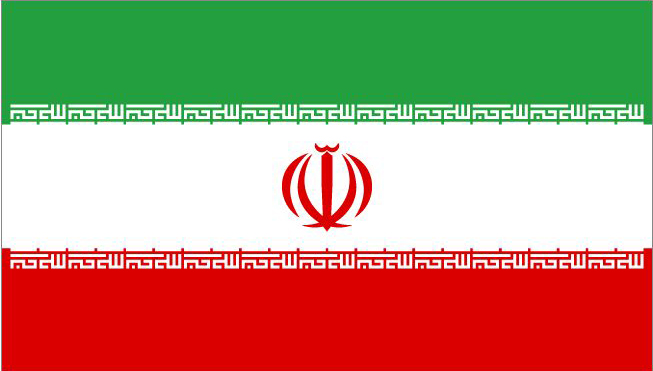 TABRIZ
TABRIZ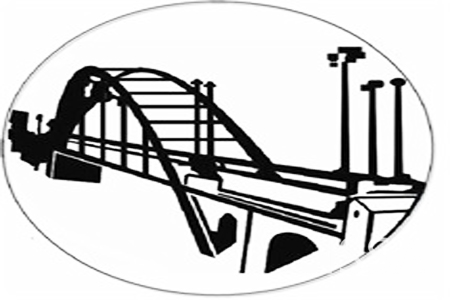
 Ahvaz
Ahvaz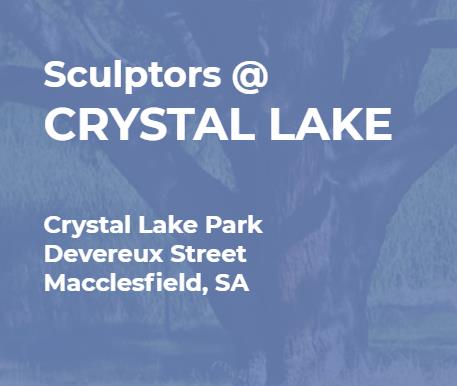
 Sculptors@Crystal Lake
Sculptors@Crystal Lake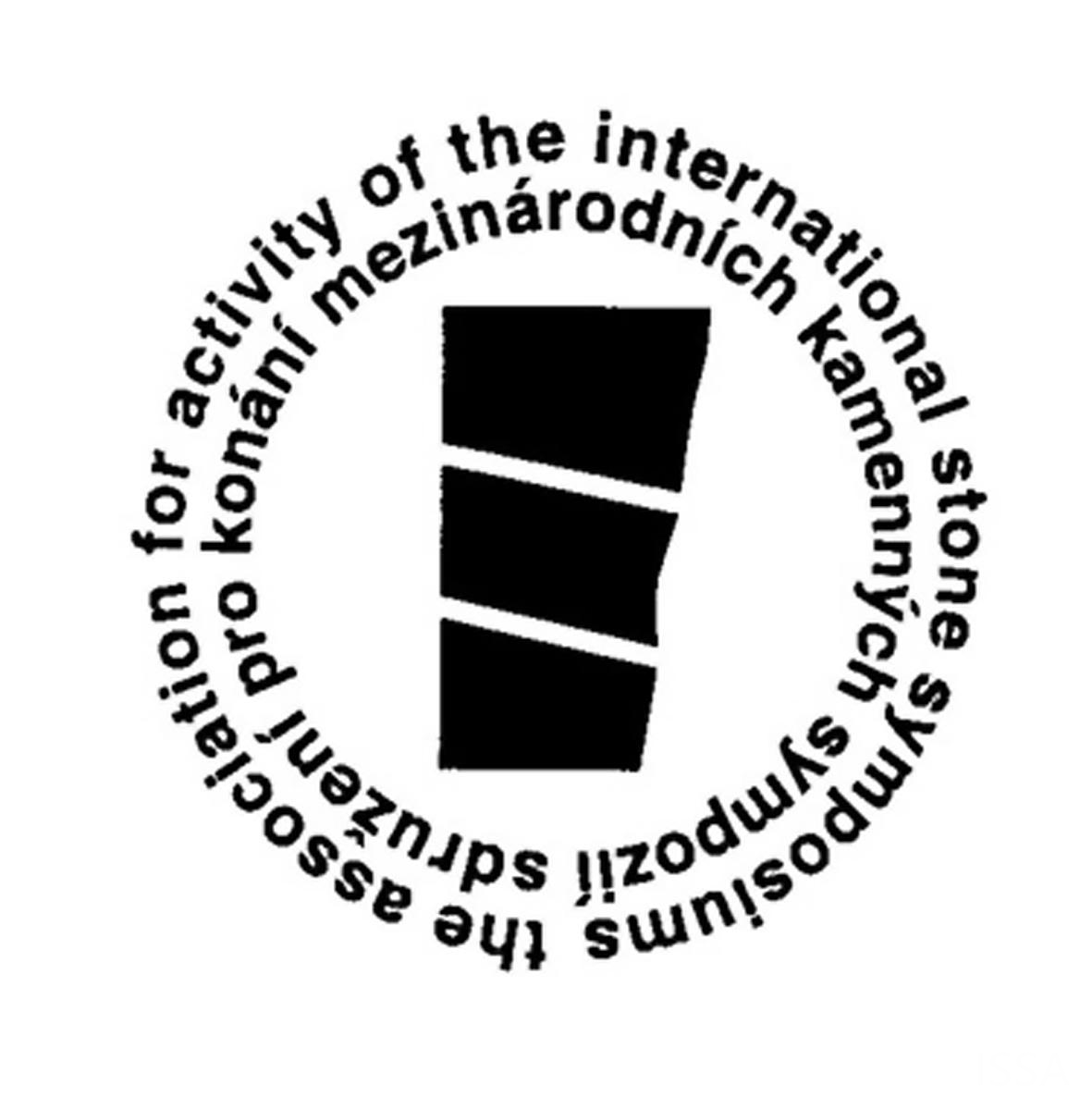
 LANDEK
LANDEK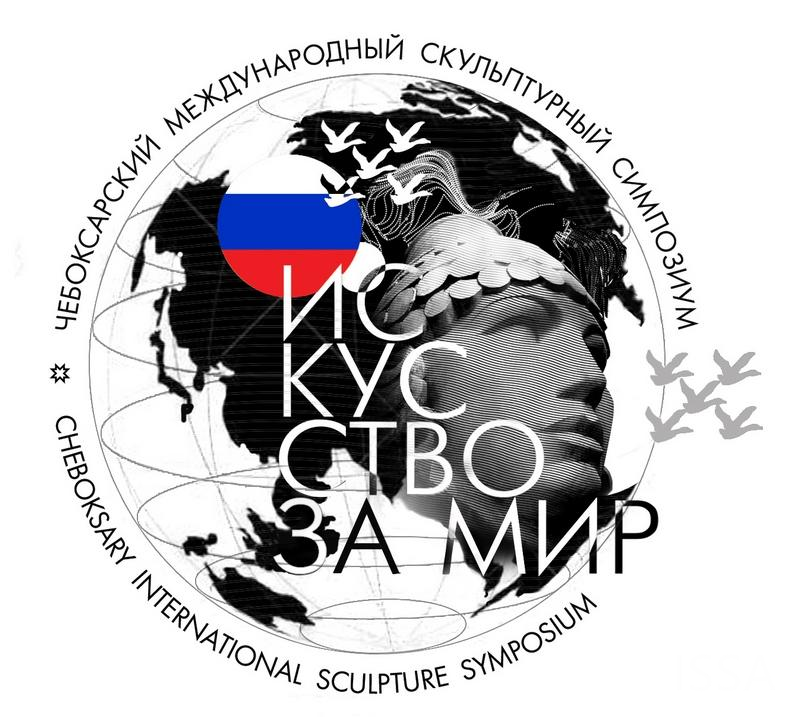
 Chuvashia
Chuvashia
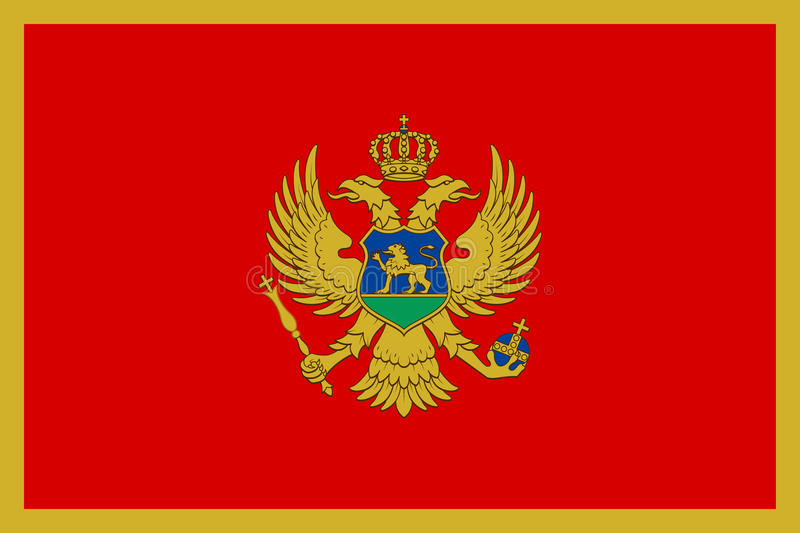 Berane
Berane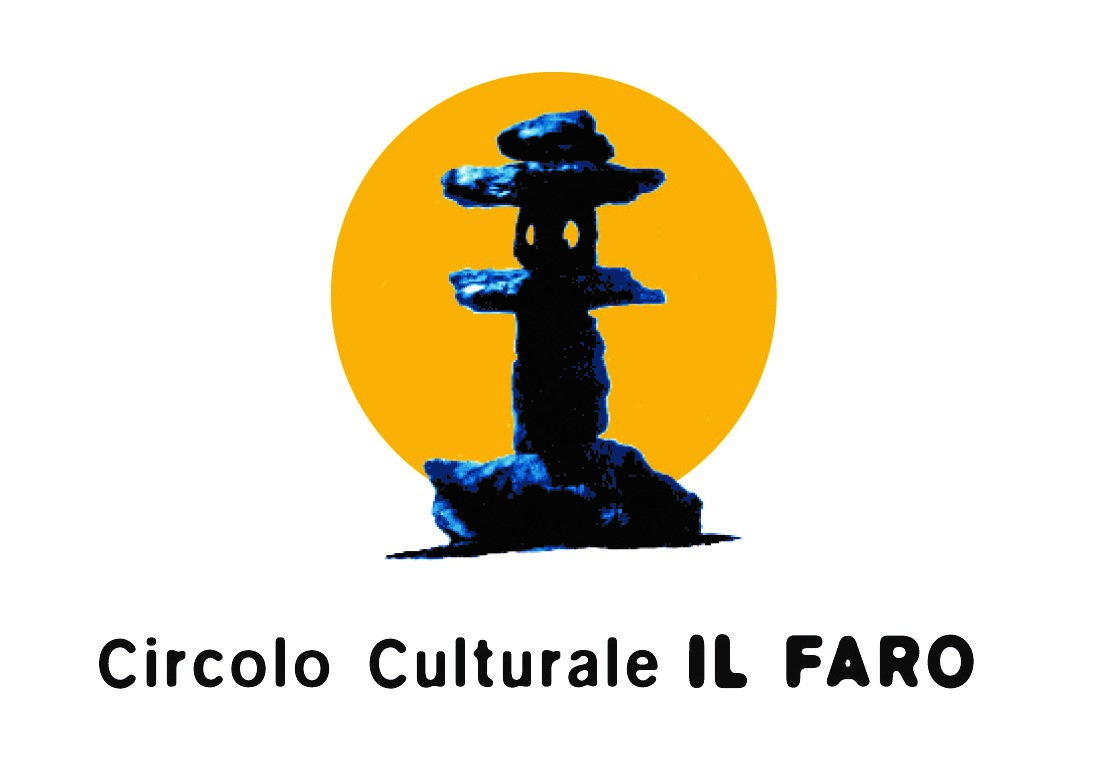
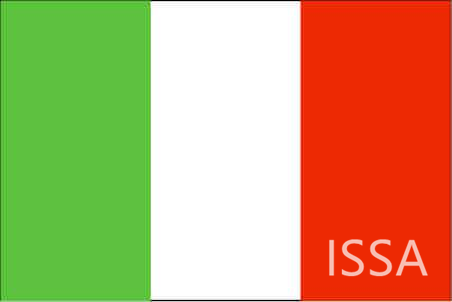 Friuli Venezia Giulia
Friuli Venezia Giulia 
 Israel
Israel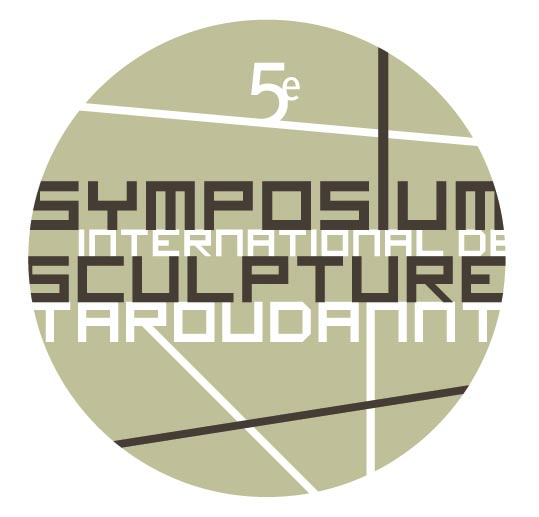
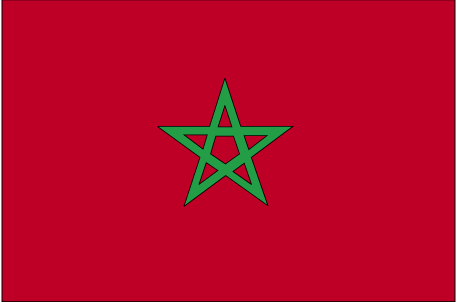 Morocco
Morocco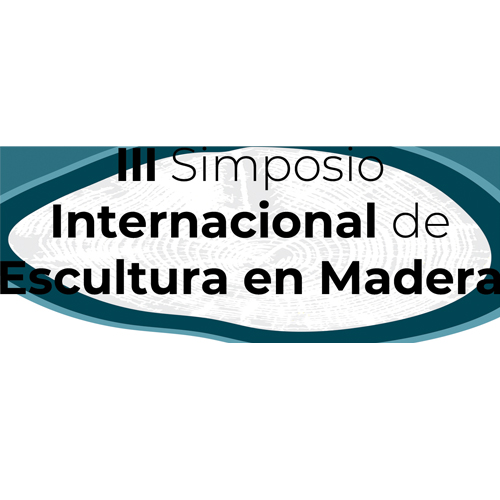
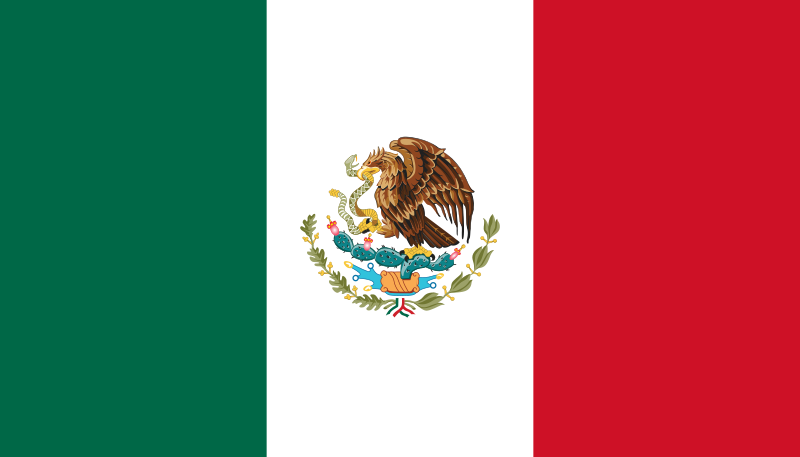 Guadalajara
Guadalajara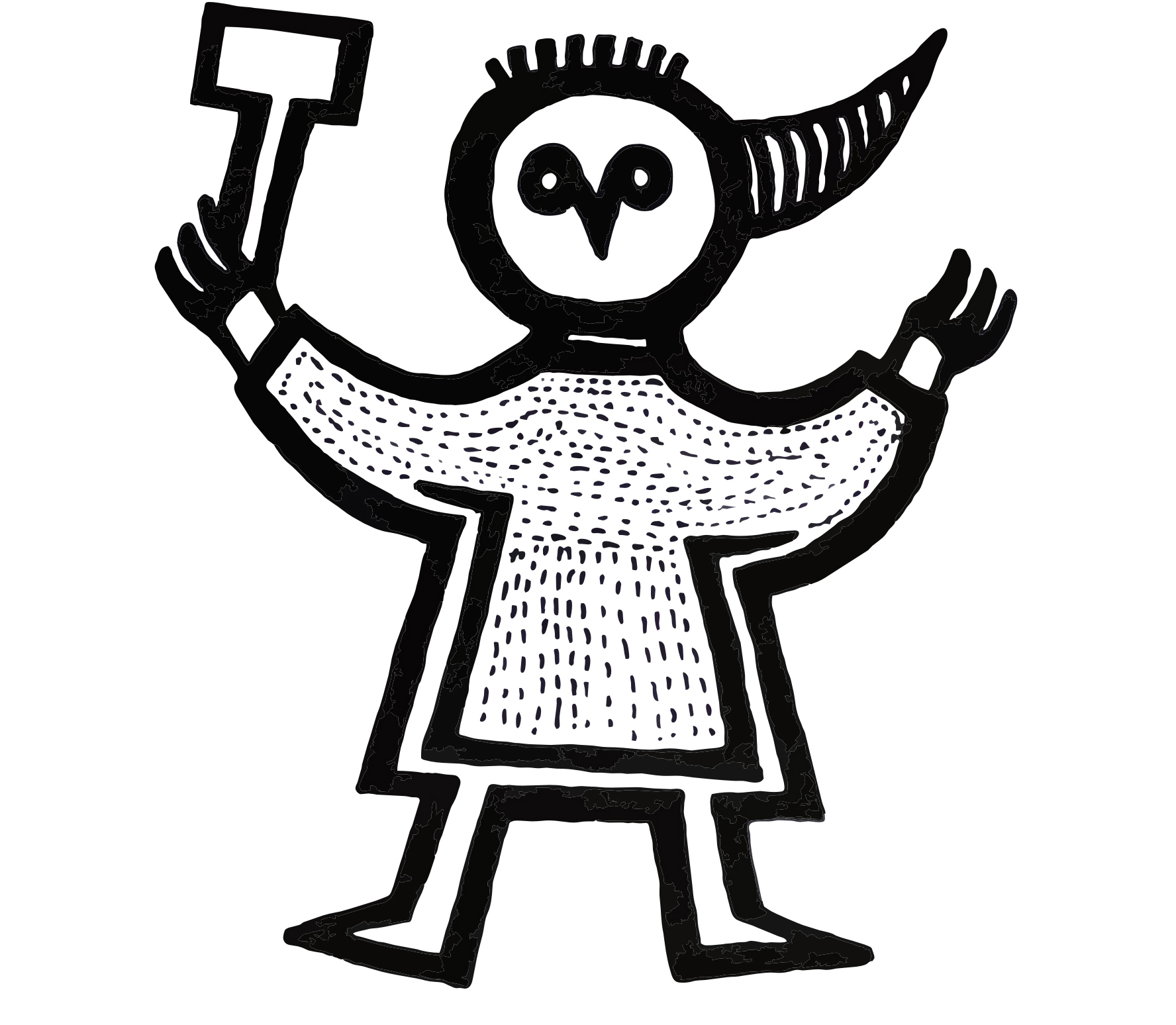
 Transcarpathian
Transcarpathian
 WCAS
WCAS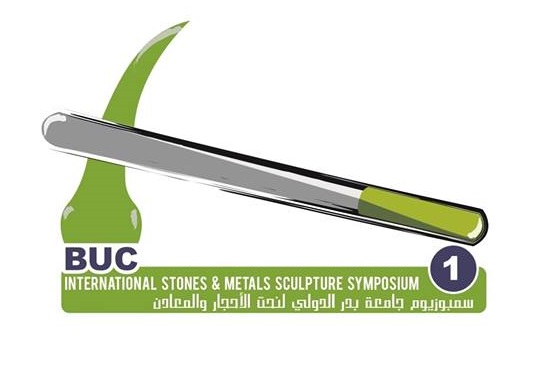
 BUC
BUC
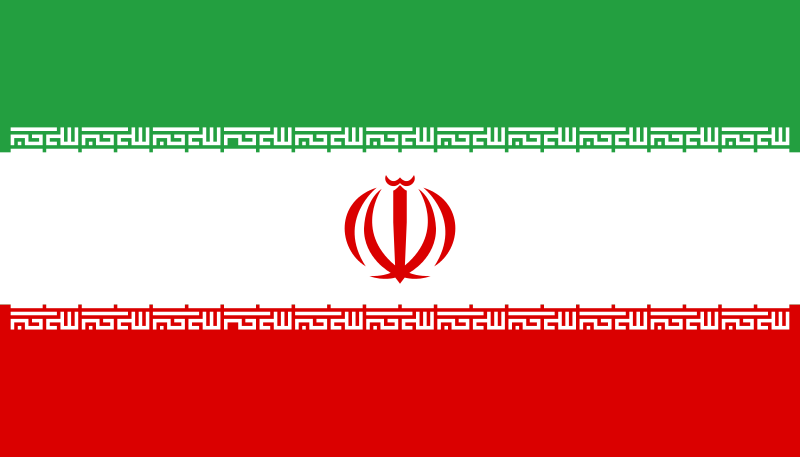 Tehran
Tehran
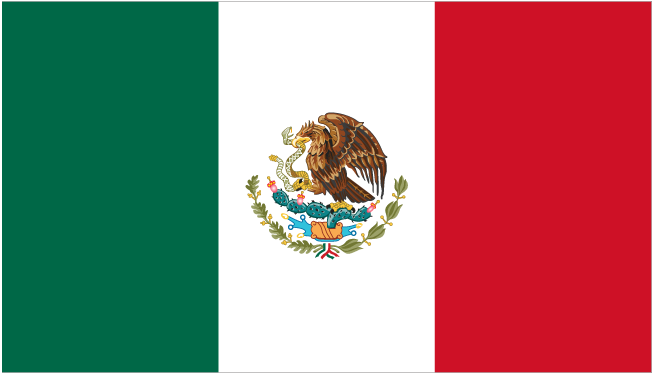 Stainless Steel
Stainless Steel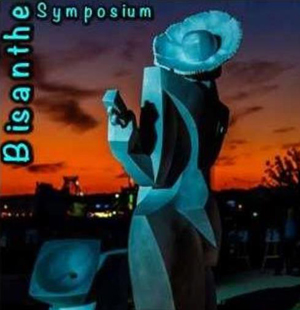
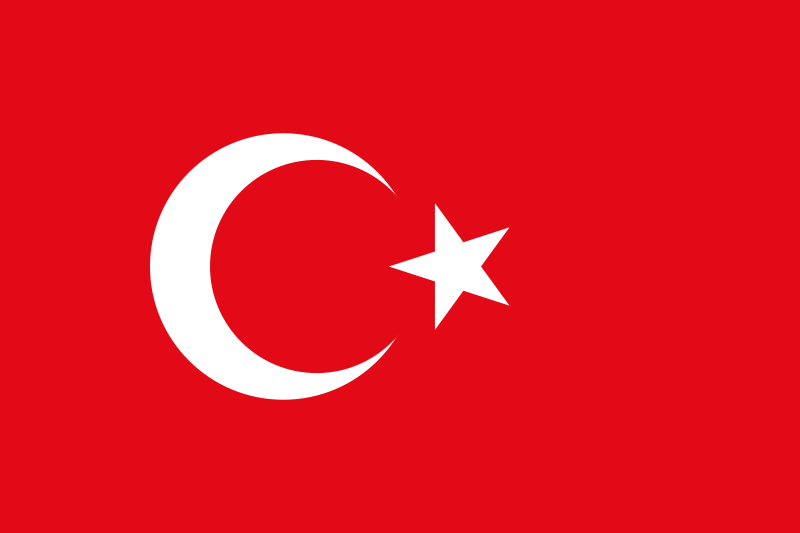 Bisanthe
Bisanthe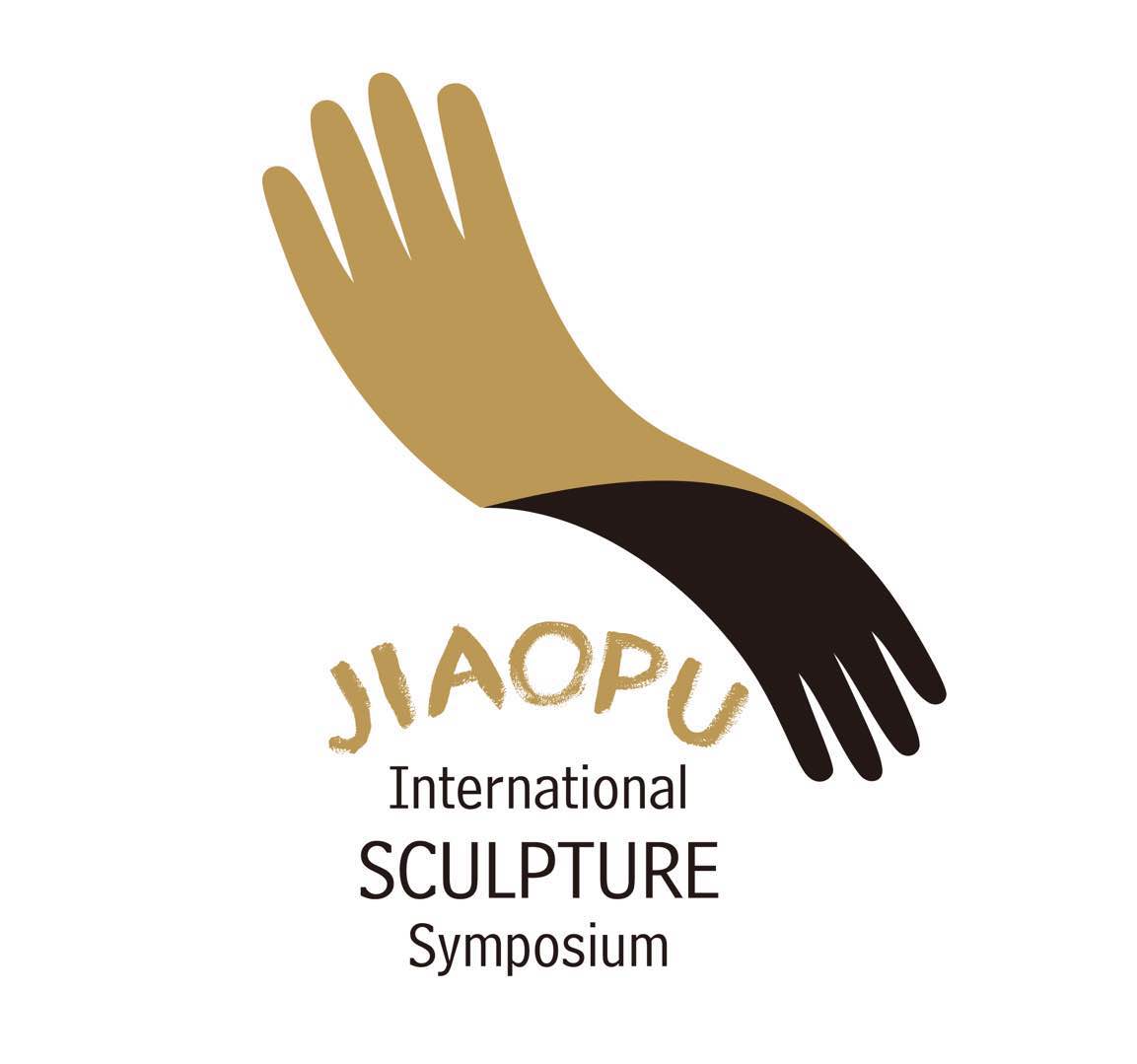
Jiaopu

 Tonghe
Tonghe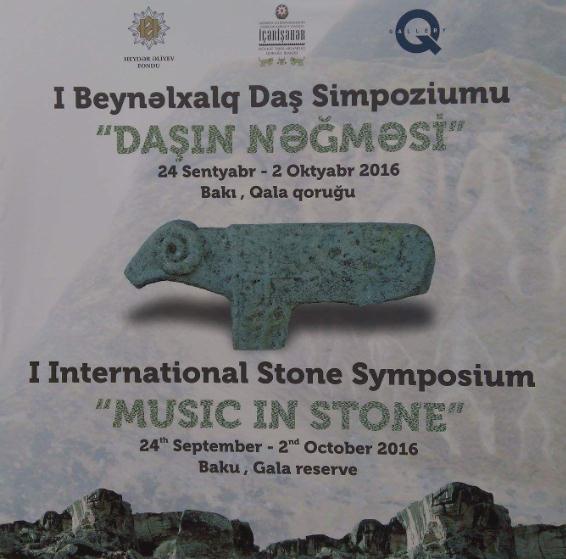
 Music in Stone
Music in Stone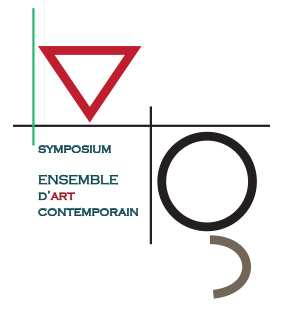
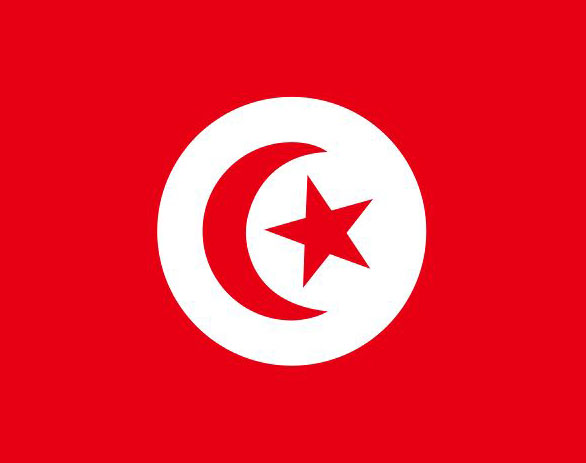 Mediterranean
Mediterranean
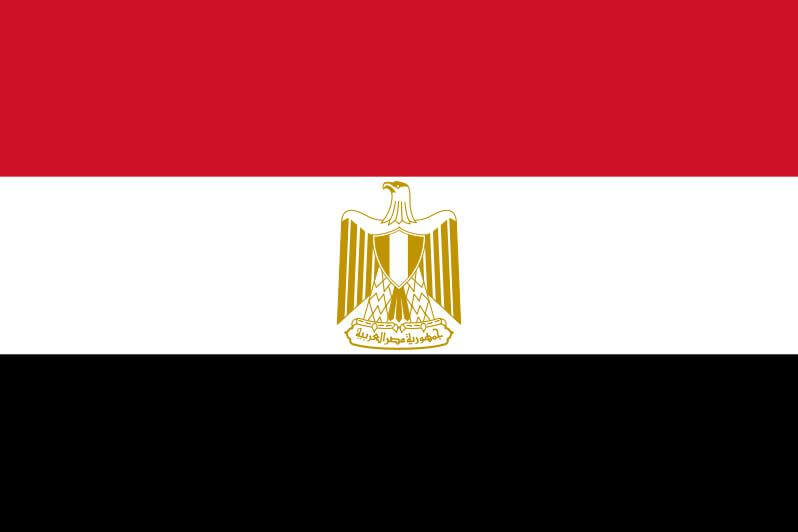 Ostraka
Ostraka
 Sao Jose-SC
Sao Jose-SC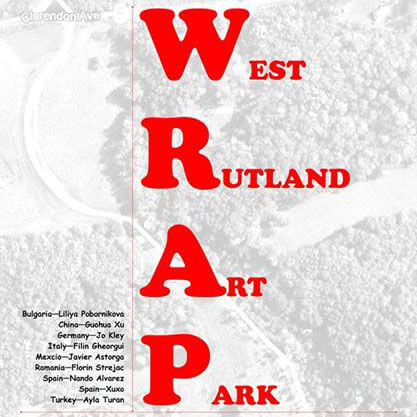
 West Rutland Art Park
West Rutland Art Park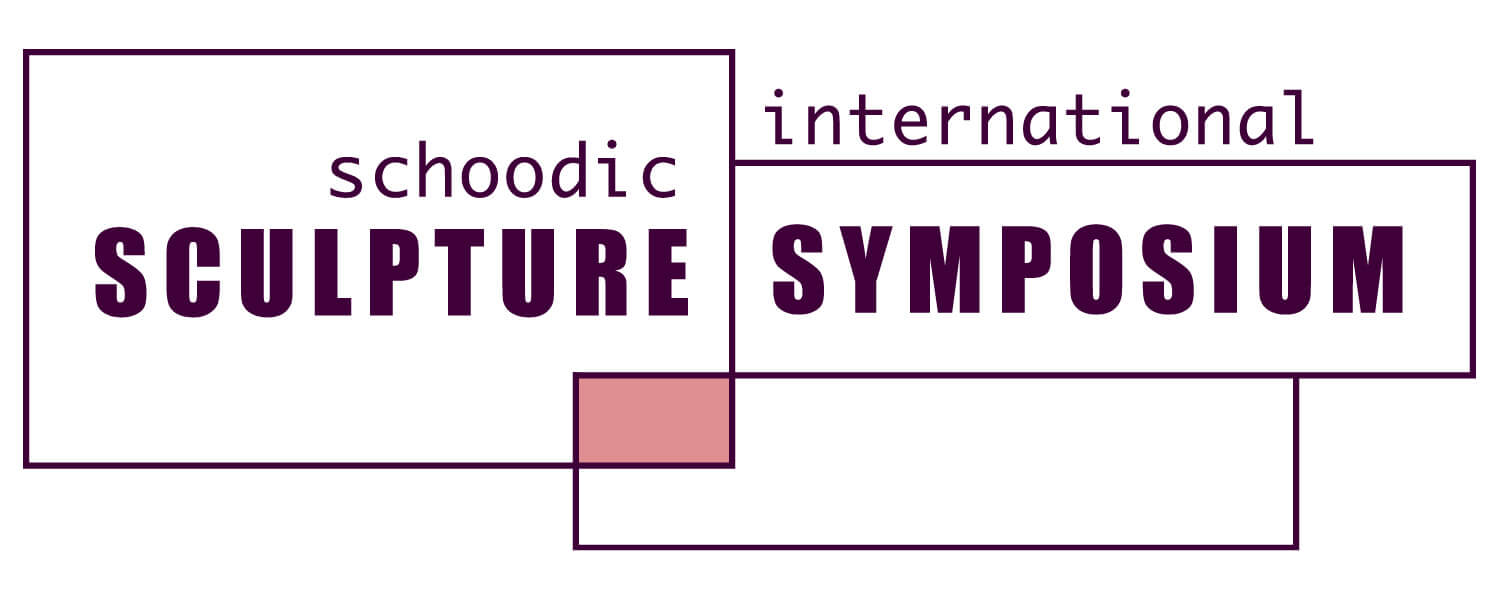
 Schoodic
Schoodic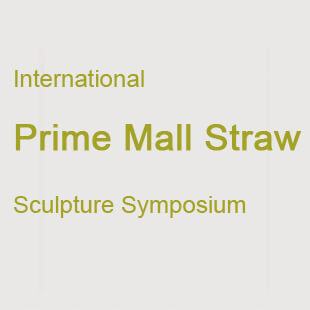
 Prime Mall
Prime Mall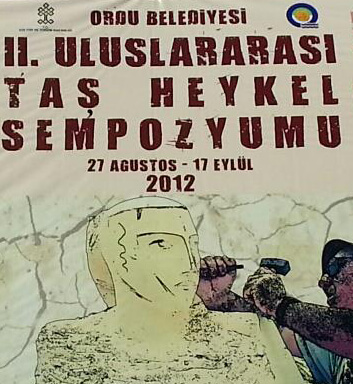
 Ordu
Ordu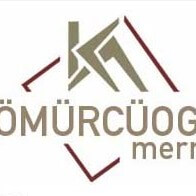
 Komurcuoglu
Komurcuoglu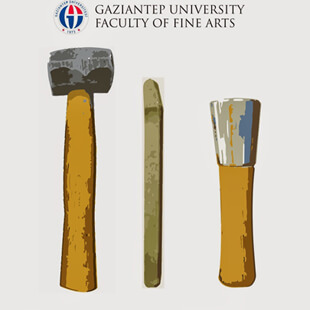
 Gaziantep
Gaziantep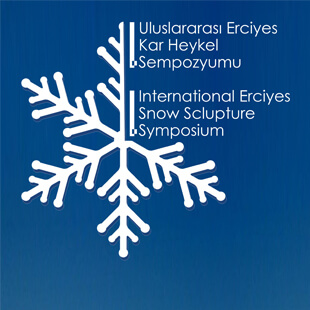
 Erciyes
Erciyes
 Aegean
Aegean
 Scrap Metal Mask
Scrap Metal Mask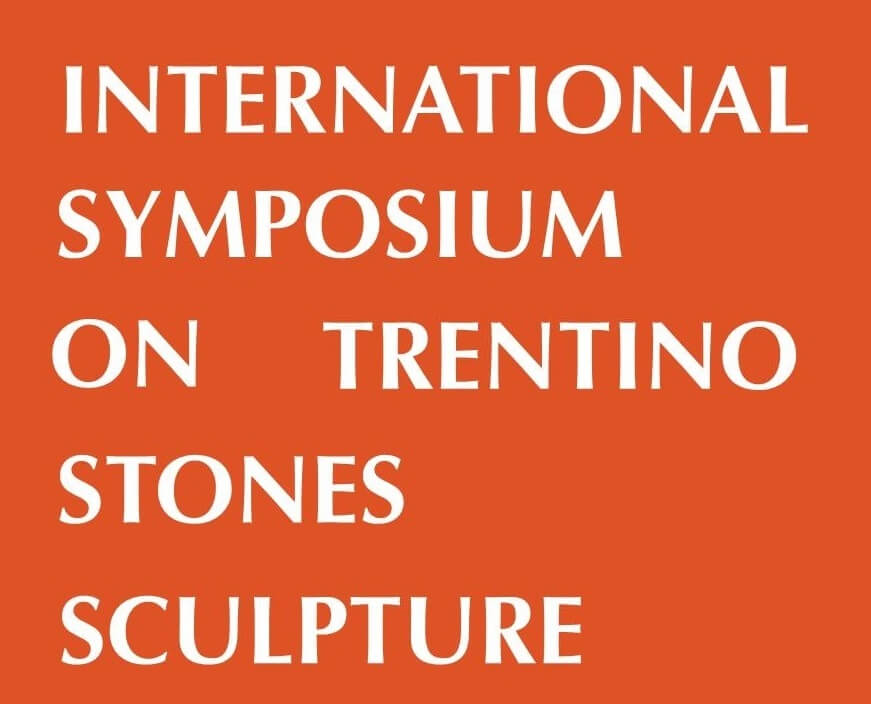
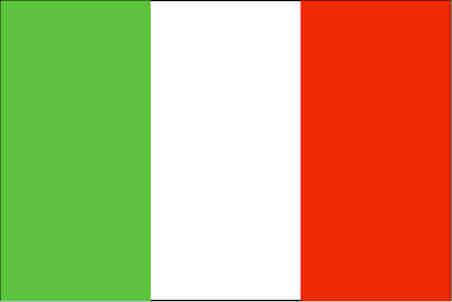 Trentino
Trentino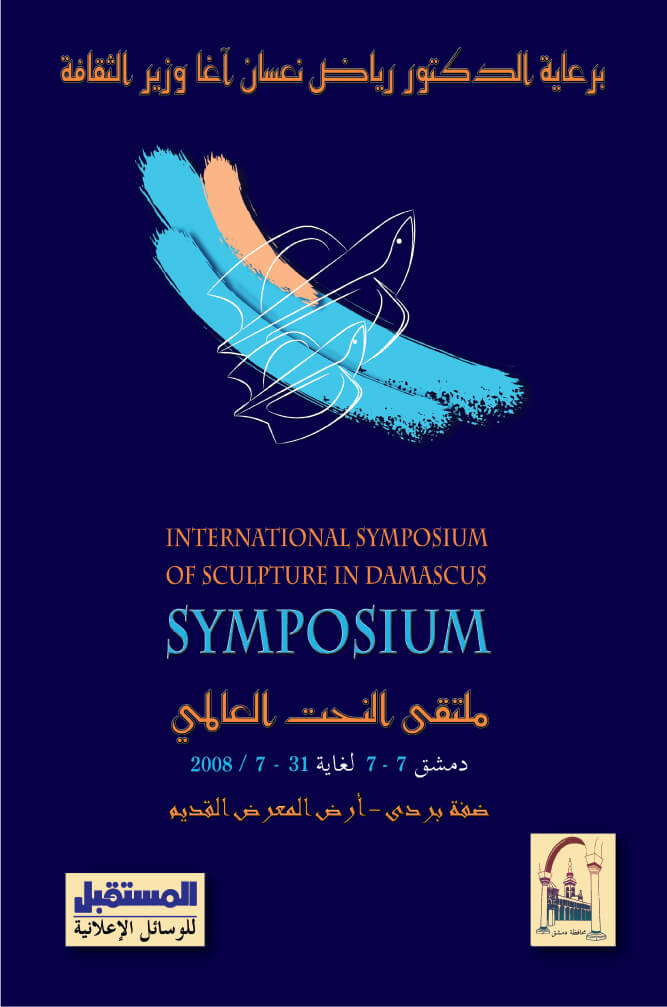
 Damascus
Damascus
 Unterbach
Unterbach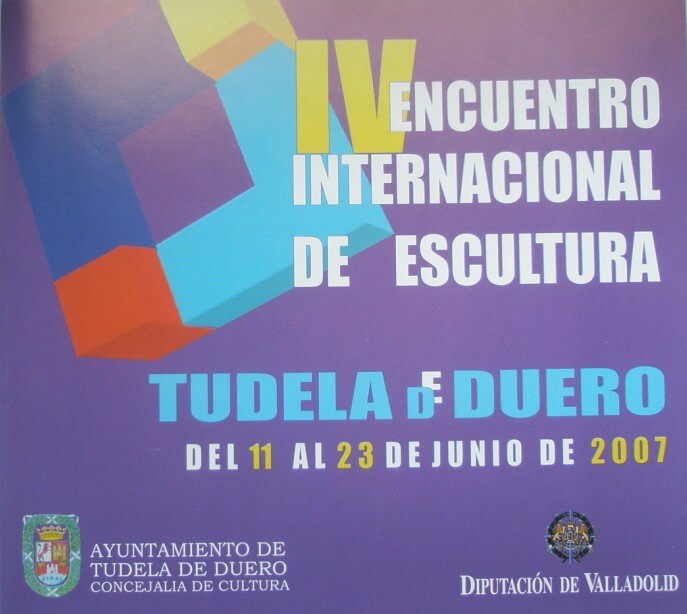
 Tudela de Duero
Tudela de Duero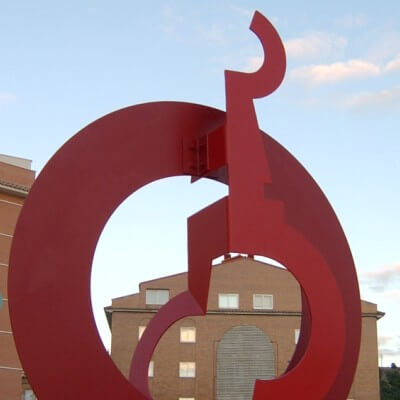
 La Cisterniga
La Cisterniga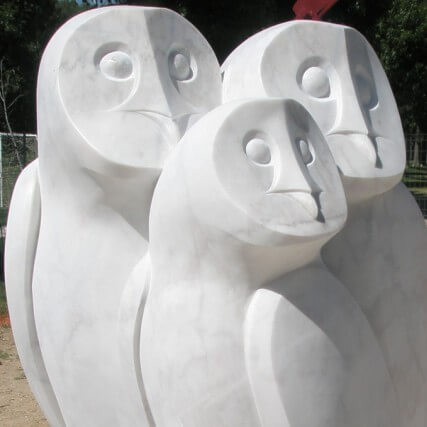
 Guijuelo
Guijuelo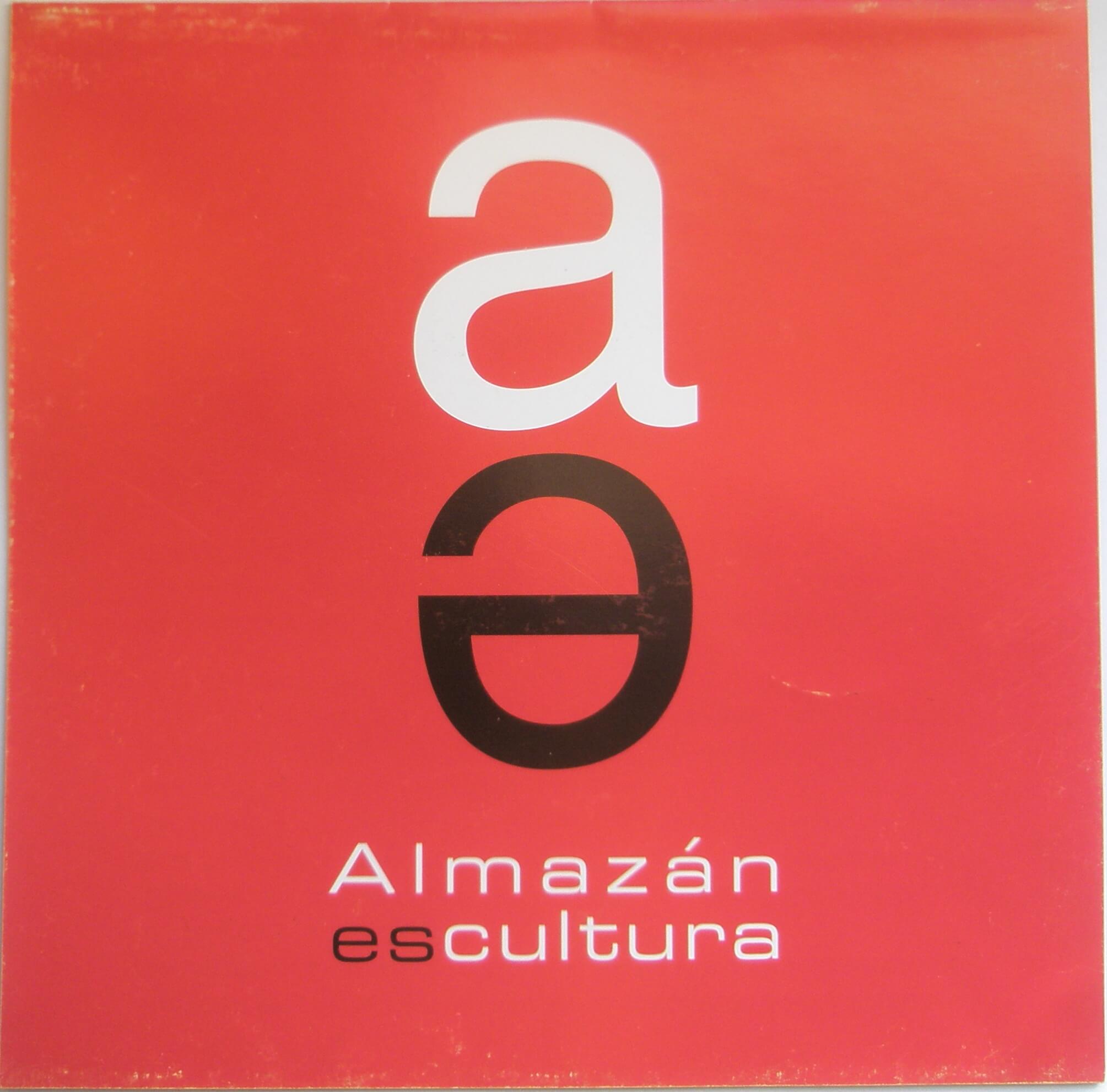
 Almazán
Almazán
 Sumadijagranit
Sumadijagranit
 penza
penza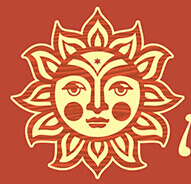
 Lukomorye Baikal
Lukomorye Baikal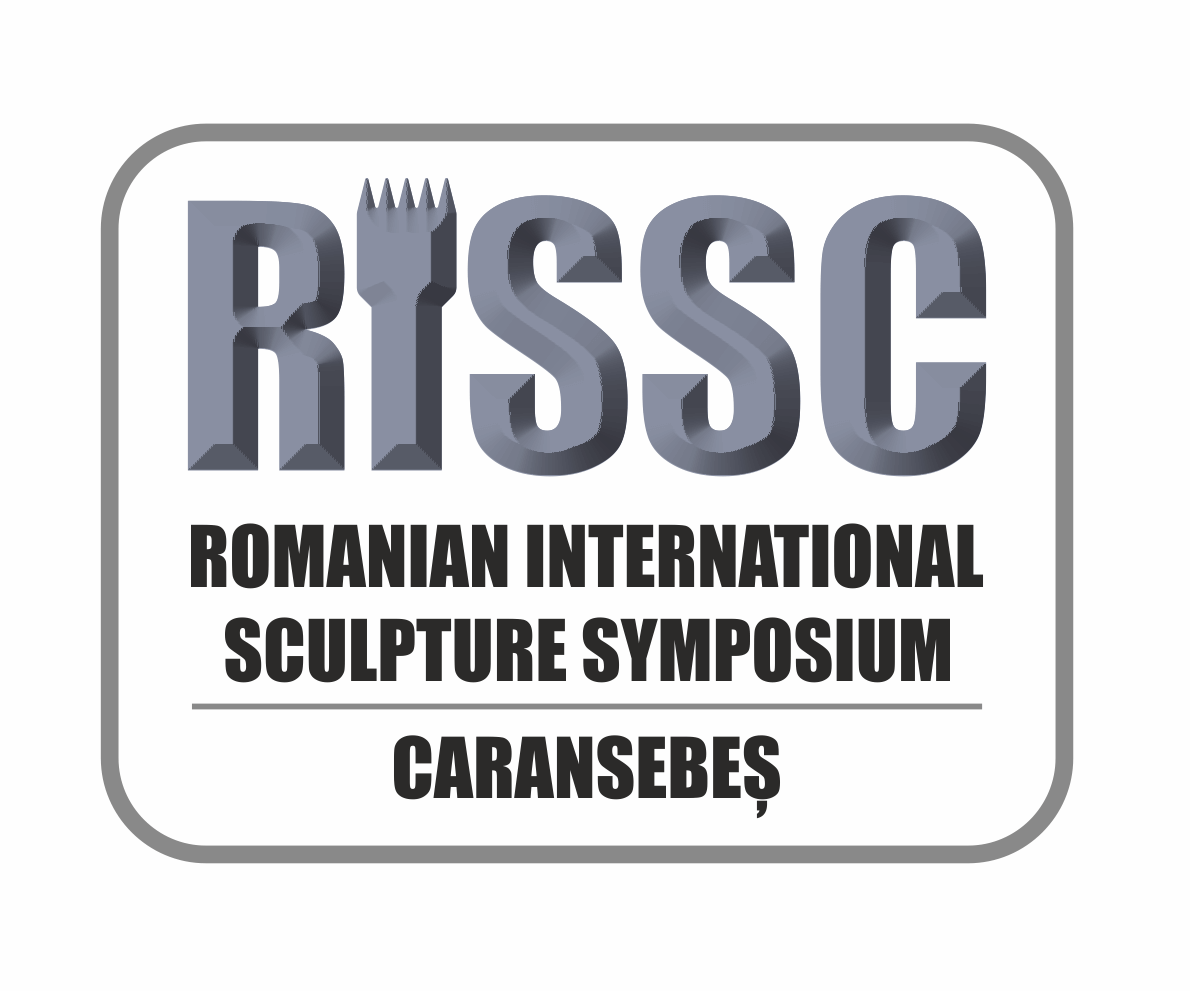
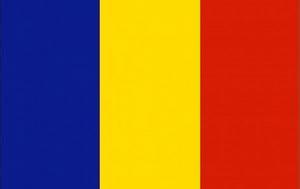 RISSC
RISSC
 BISS
BISS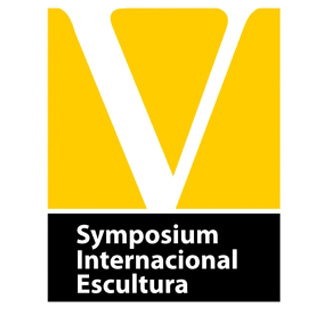
 Portugal
Portugal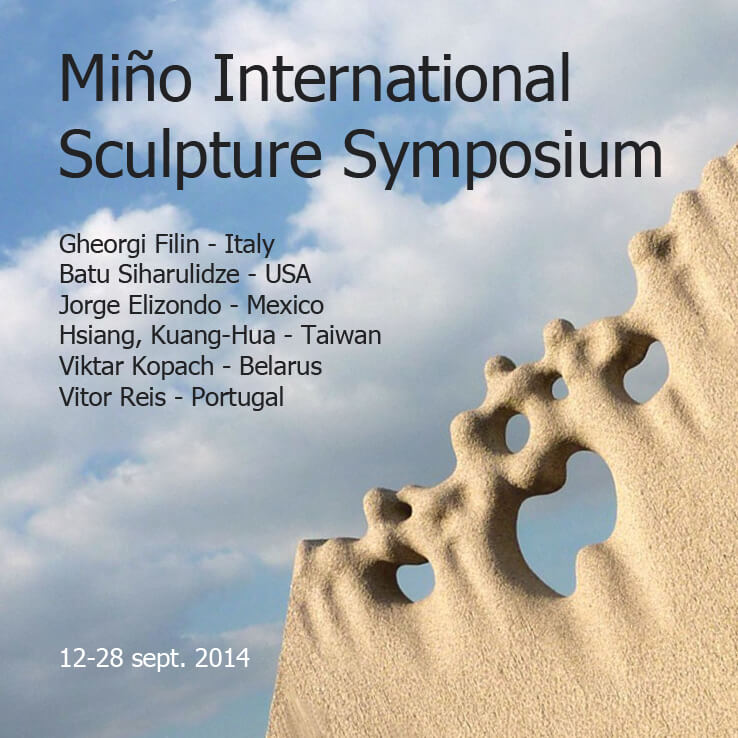
 Mino
Mino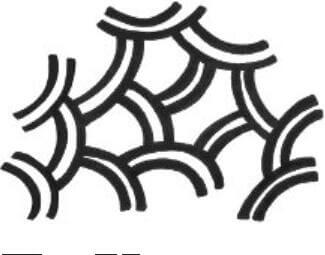
 Te Kupenga
Te Kupenga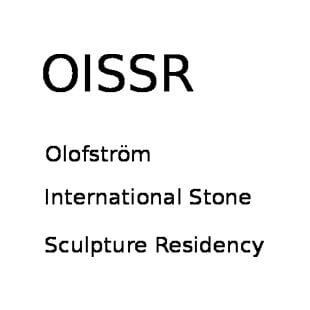
 OISSR
OISSR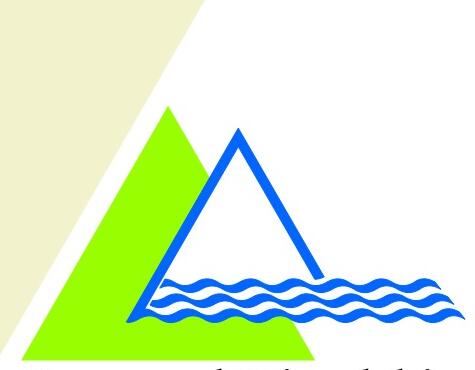
 Nepal
Nepal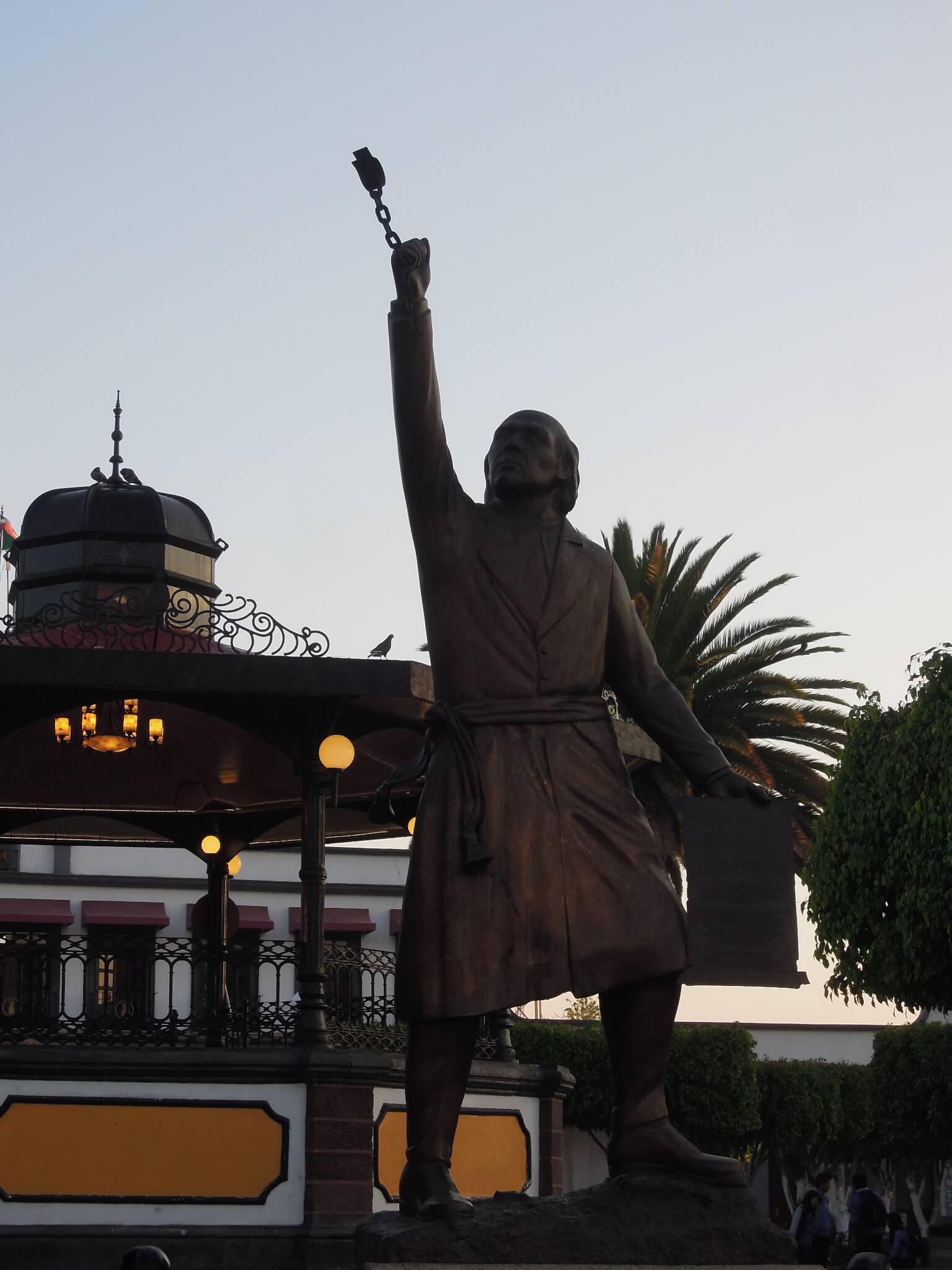
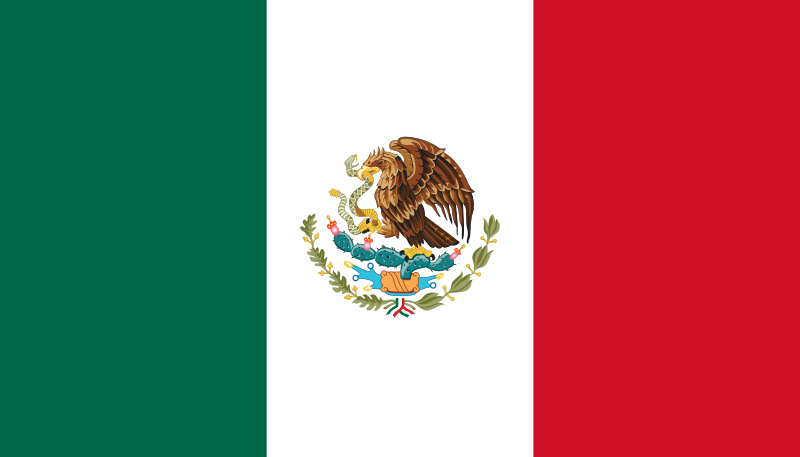 Tultepec
Tultepec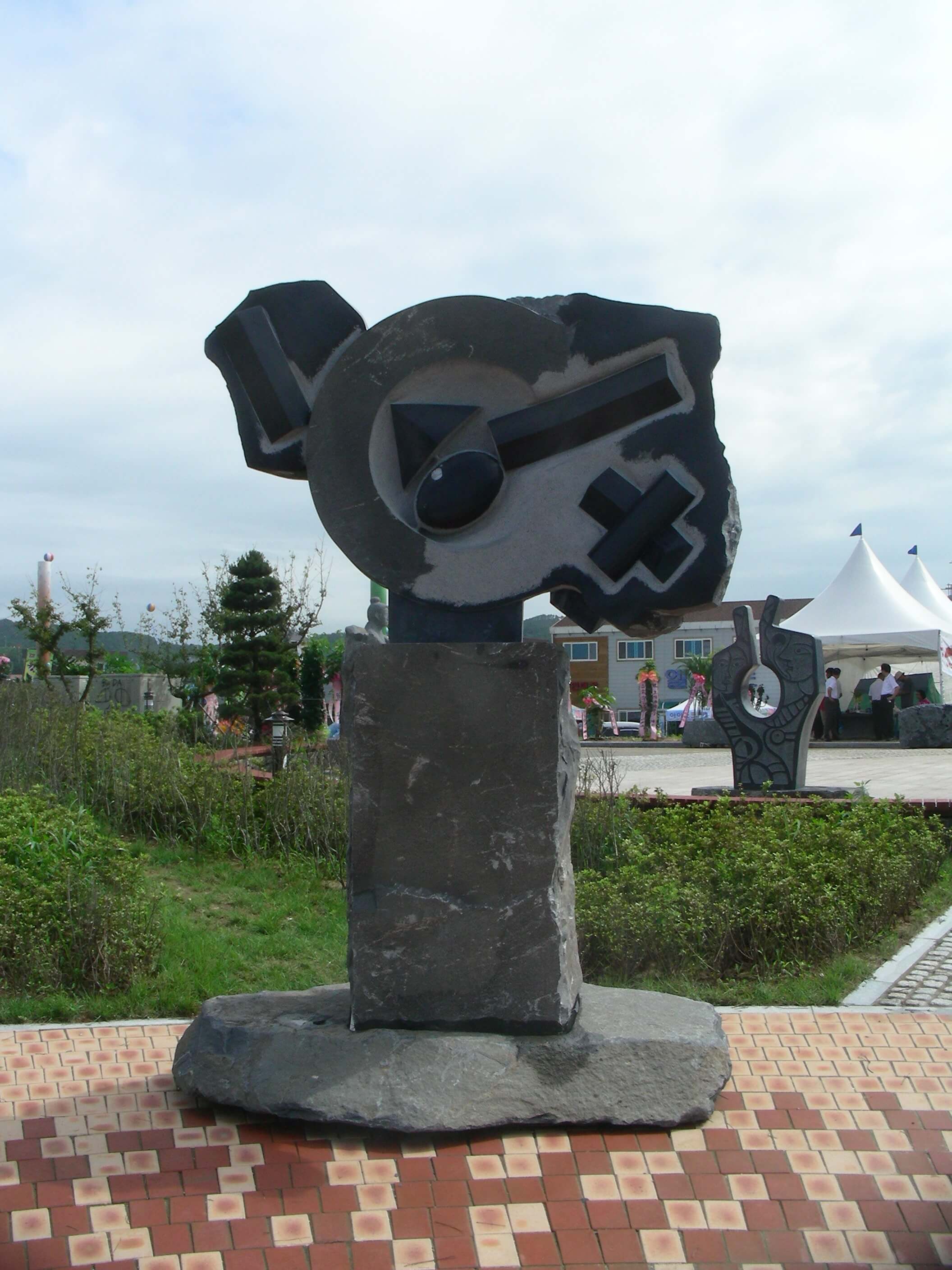
 Boryong
Boryong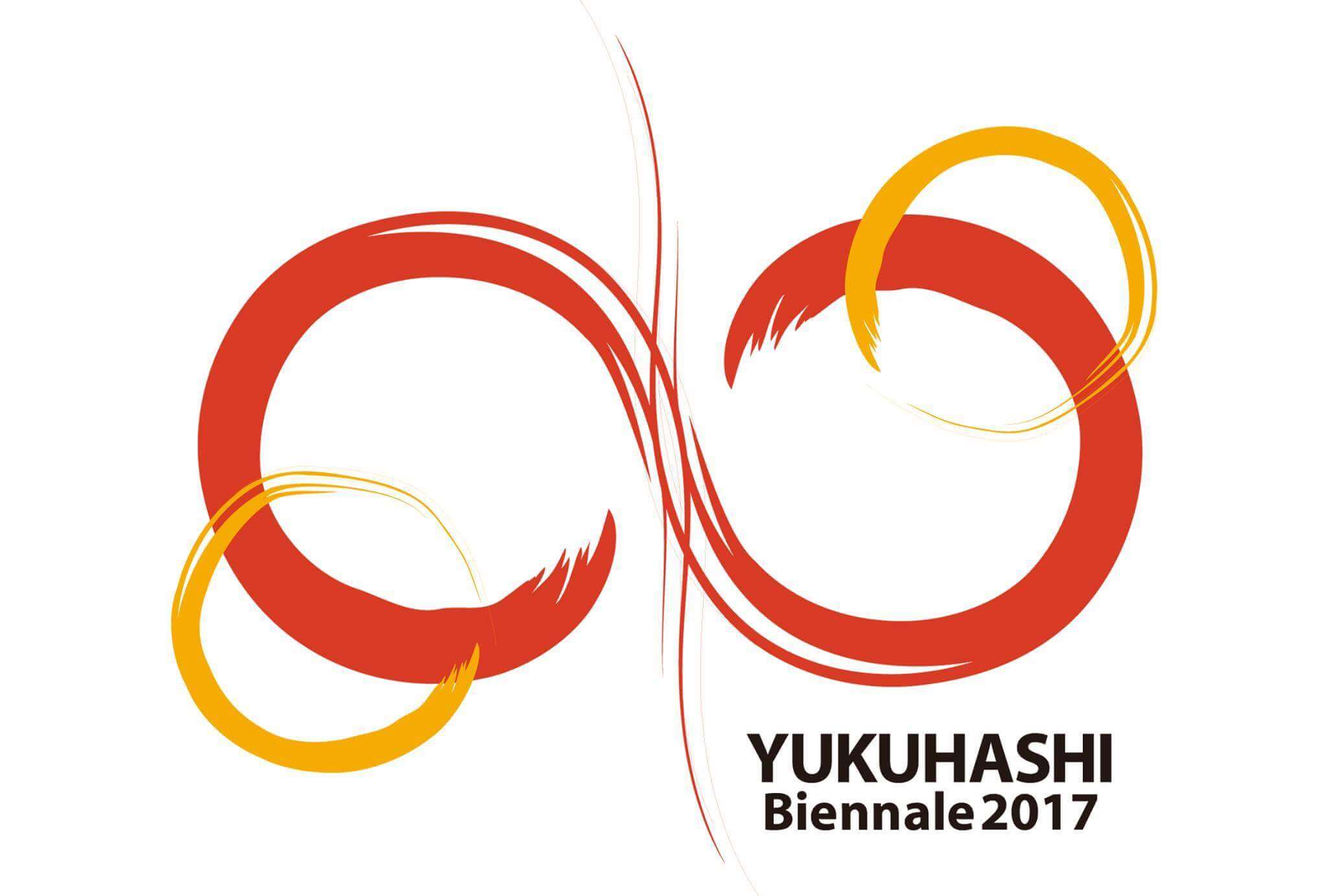
 Yukuhashi
Yukuhashi
 Uttarayan Art Foundation
Uttarayan Art Foundation
 ITM university
ITM university
 STUDIO ART AND APERTURE
STUDIO ART AND APERTURE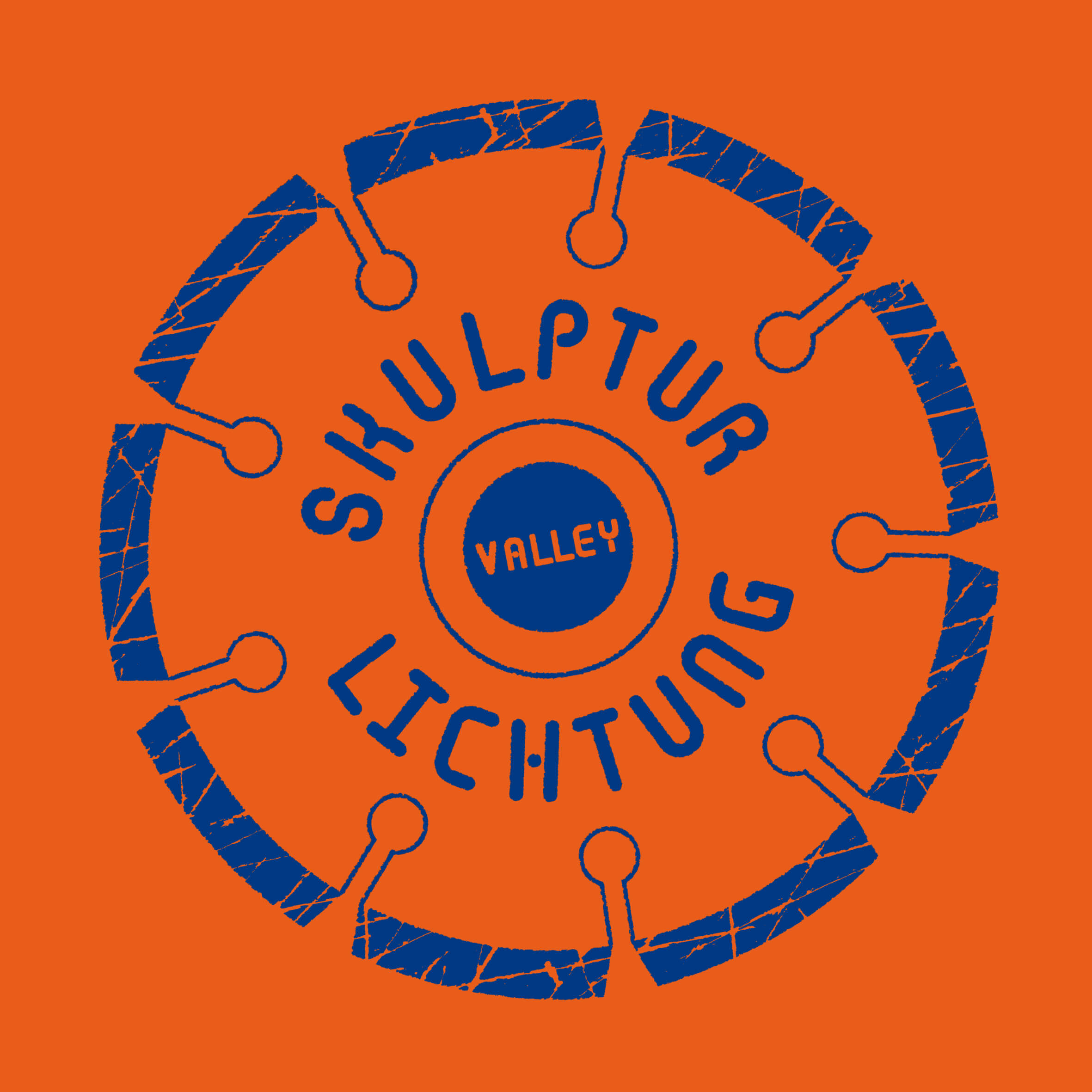
 Kunstduenger E.V.
Kunstduenger E.V.
 Rustavi
Rustavi
 Taches-Taches
Taches-Taches
 Cerisy la Forêt
Cerisy la Forêt
 Arctic Arts Week
Arctic Arts Week
 Madinaty
Madinaty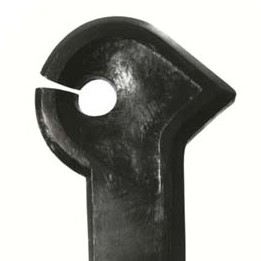
 Emartis
Emartis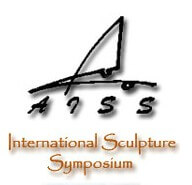
 Aswan
Aswan
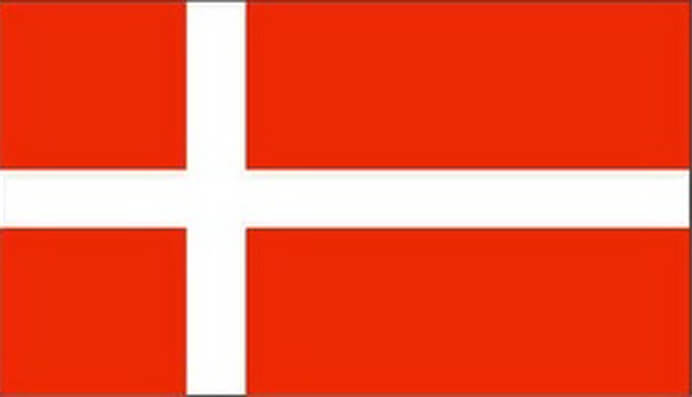 Hoyer
Hoyer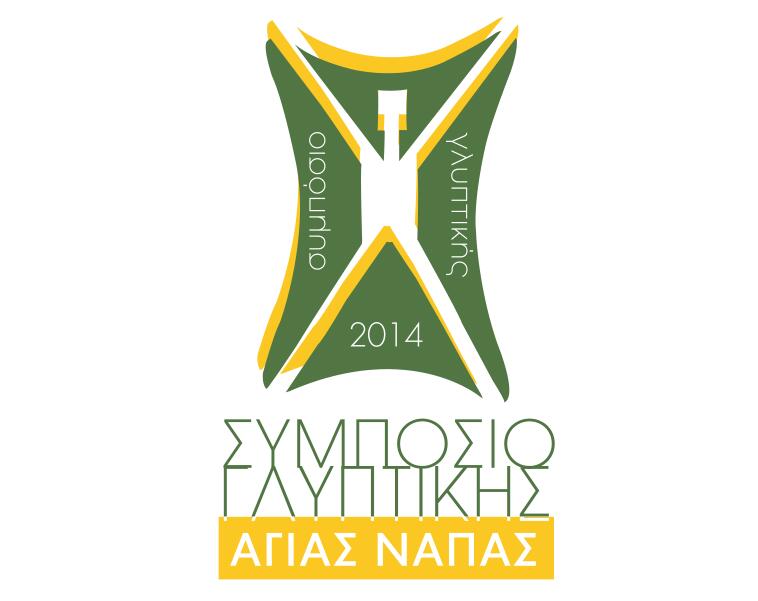
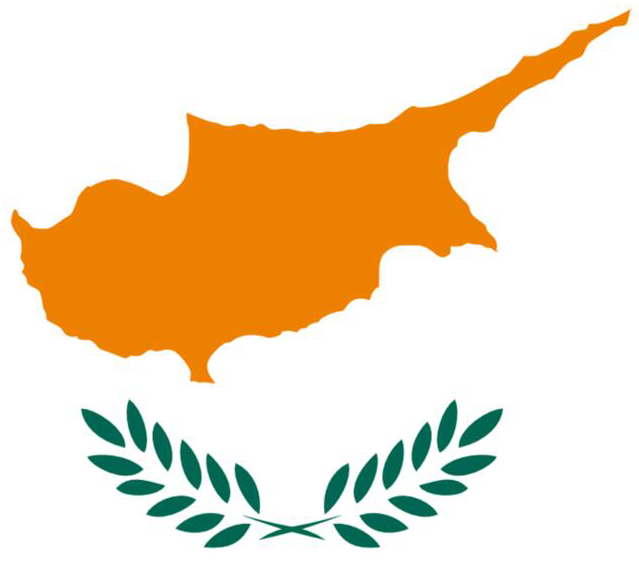 Ayia Napa
Ayia Napa
 Tongling
Tongling
 Olympic
Olympic
 Jimo
Jimo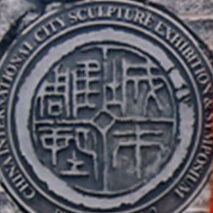
 Beijing
Beijing
 Nuestros Parques
Nuestros Parques
 CSQ
CSQ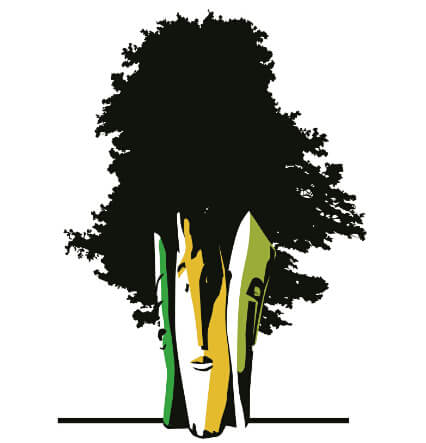
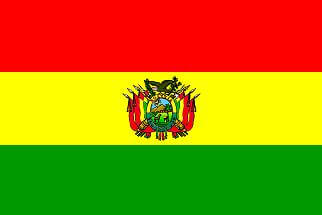 Santa Cruz de la Sierra
Santa Cruz de la Sierra
 TACZ
TACZ
 Griffith
Griffith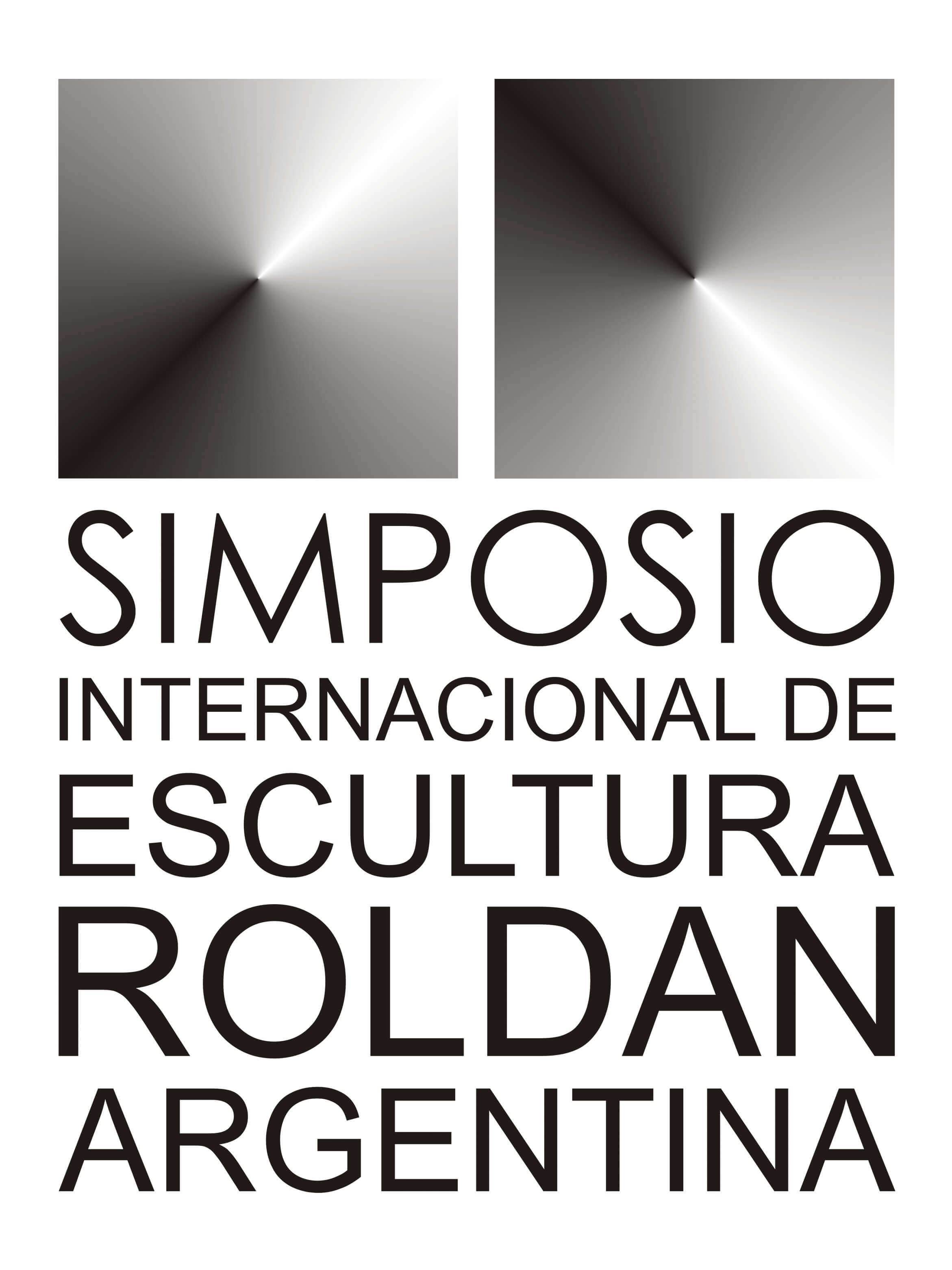
 Roldan
Roldan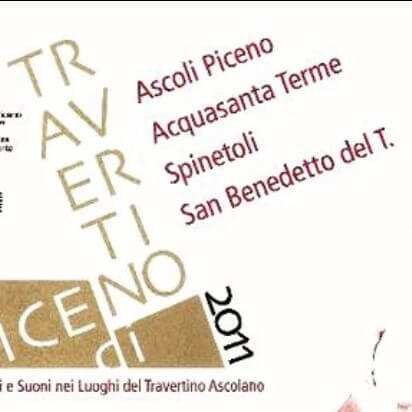
 Spinetoli
Spinetoli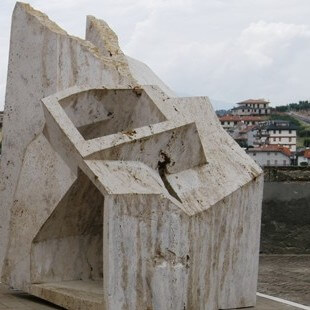
 Elbasan
Elbasan
 Korça
Korça







